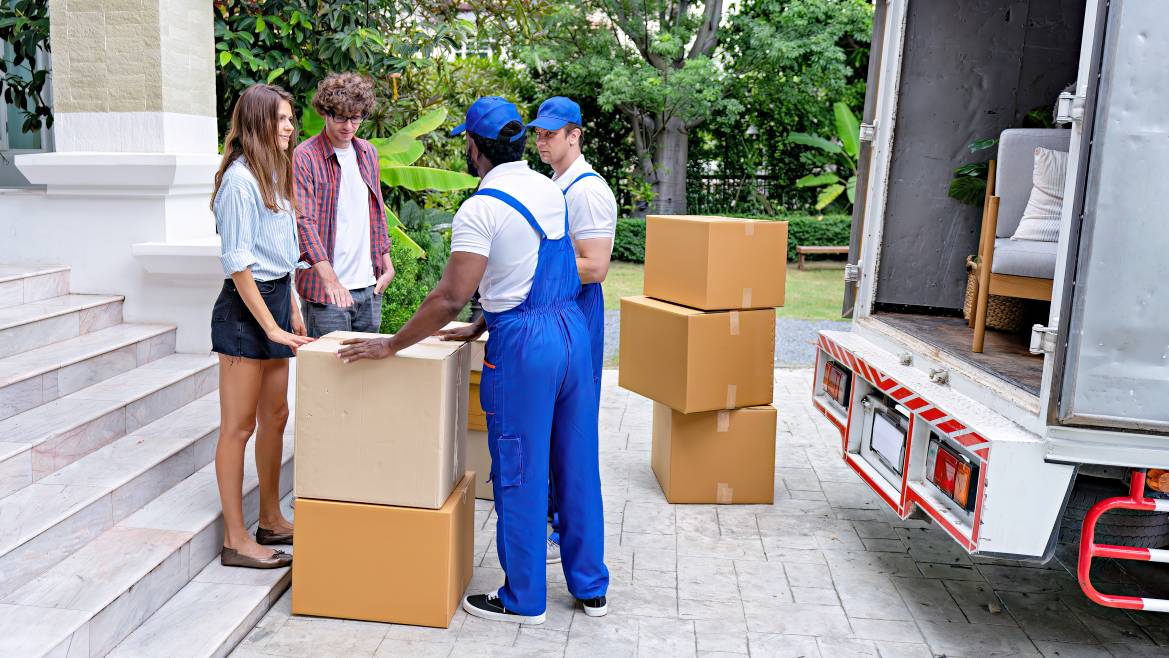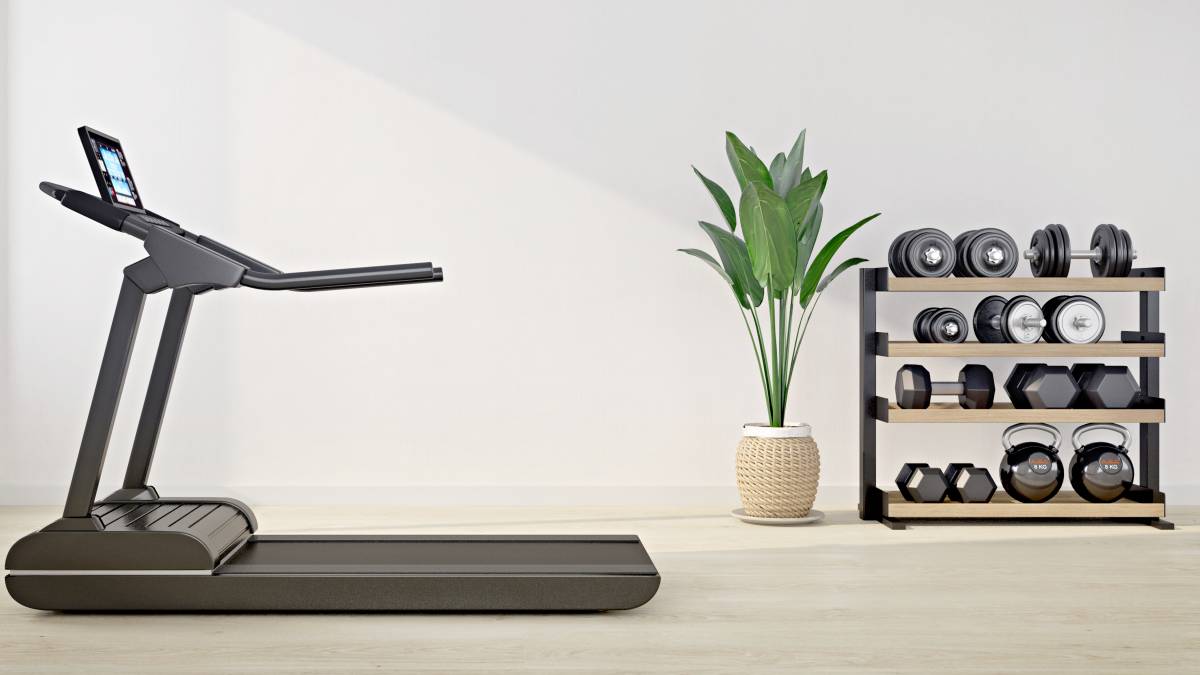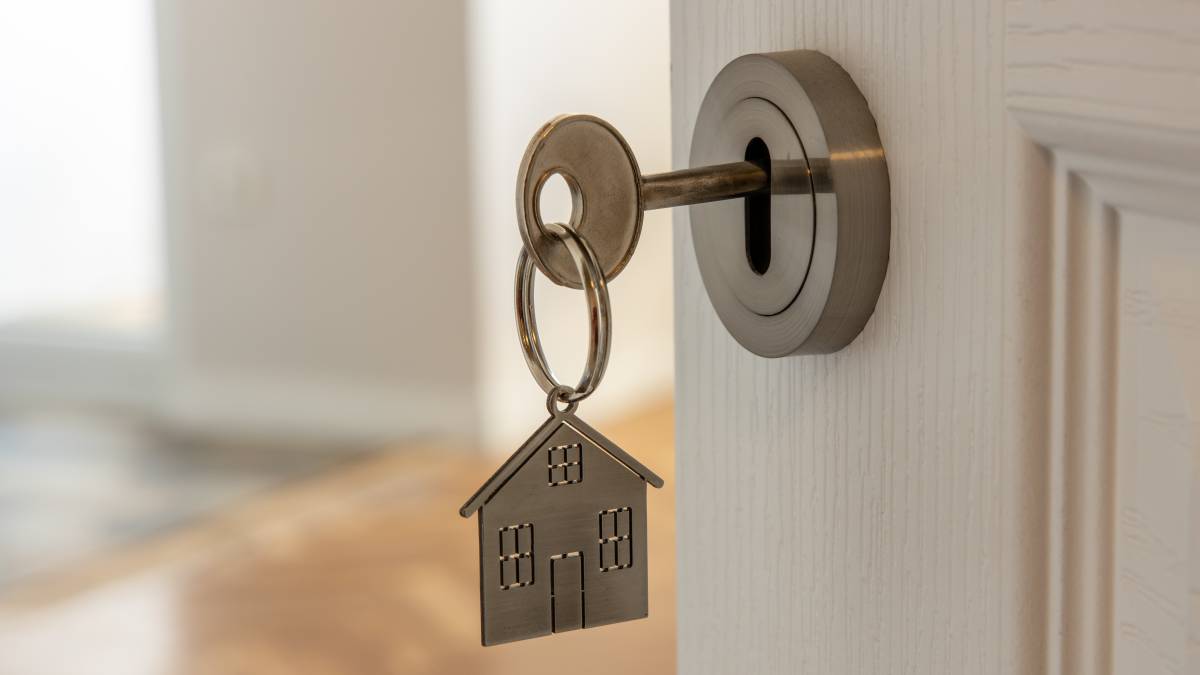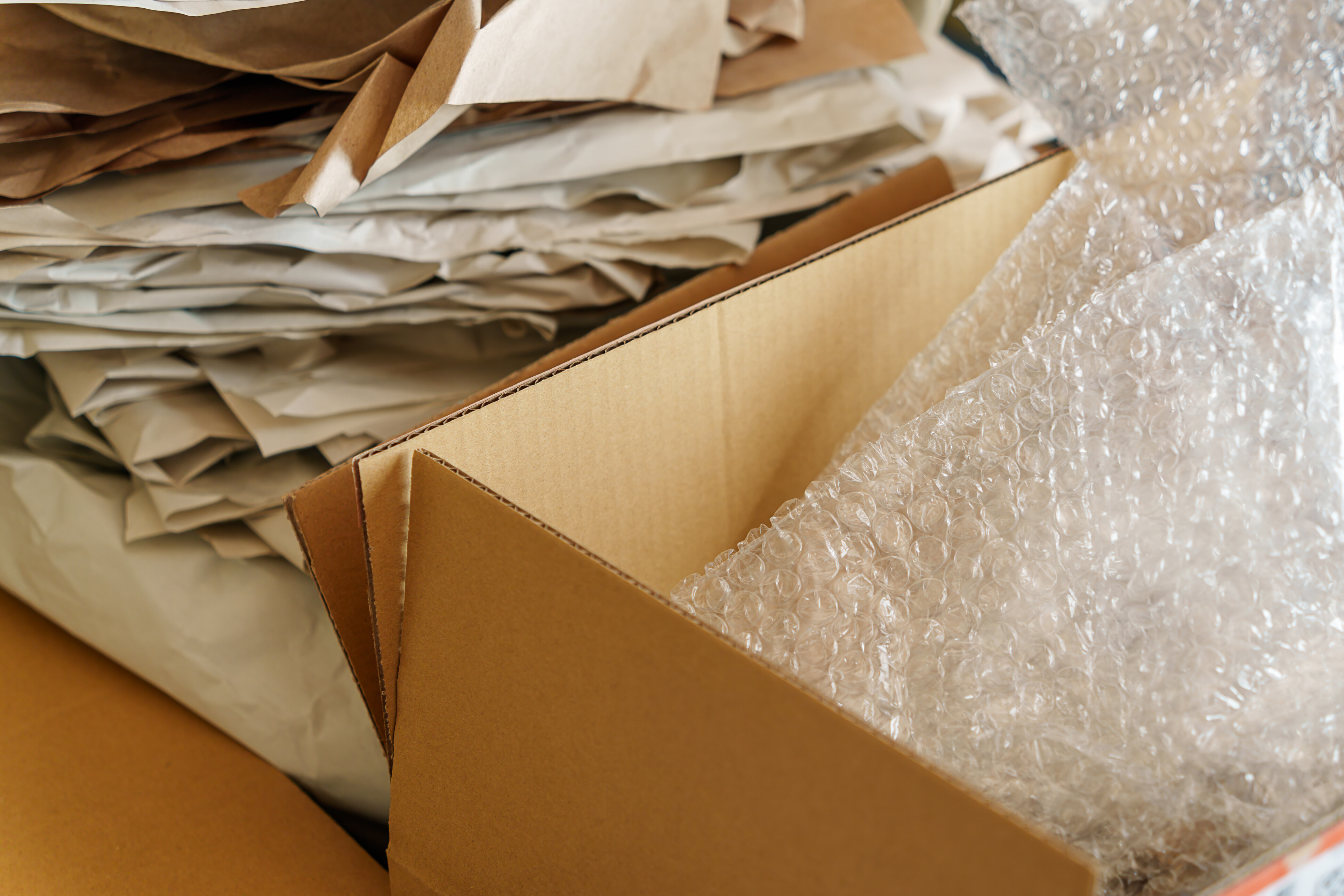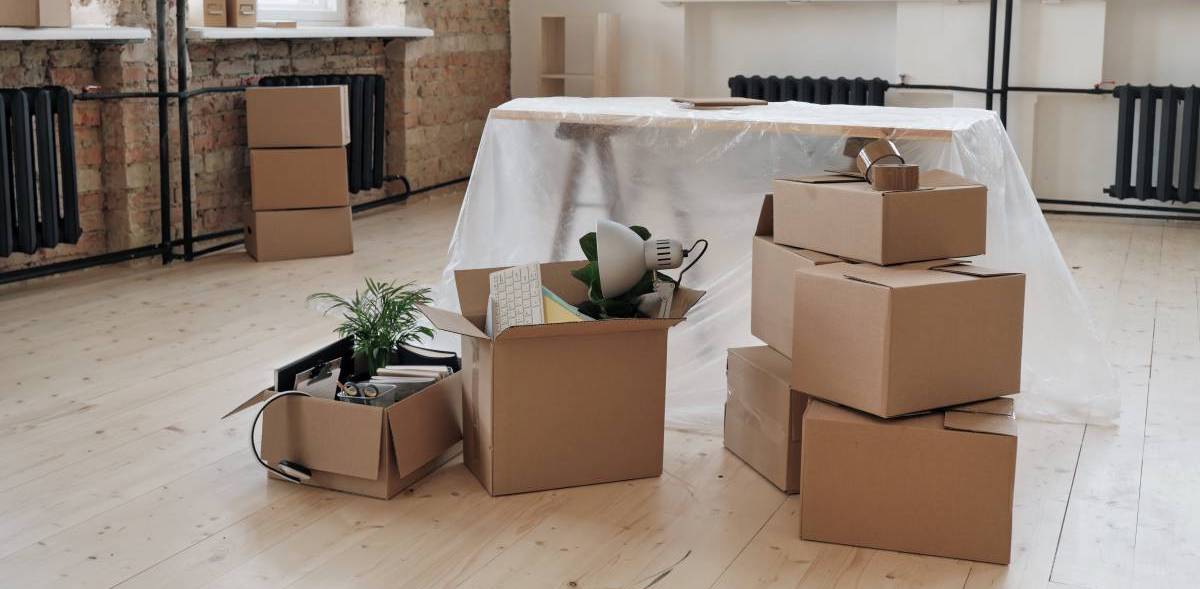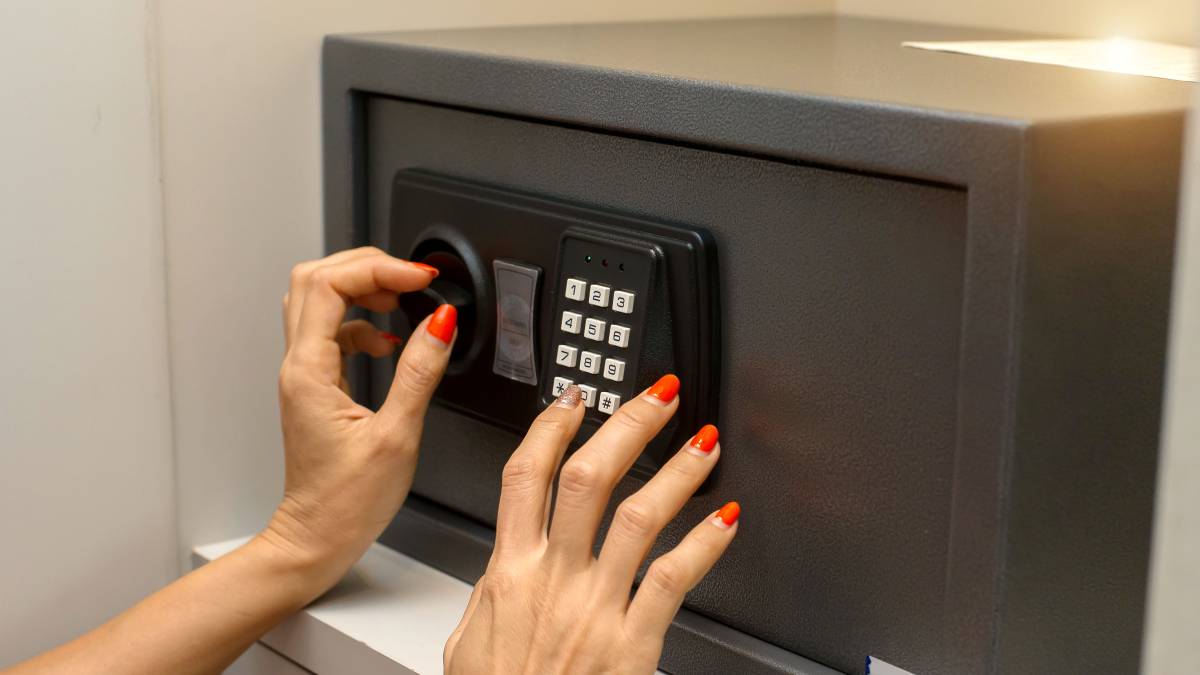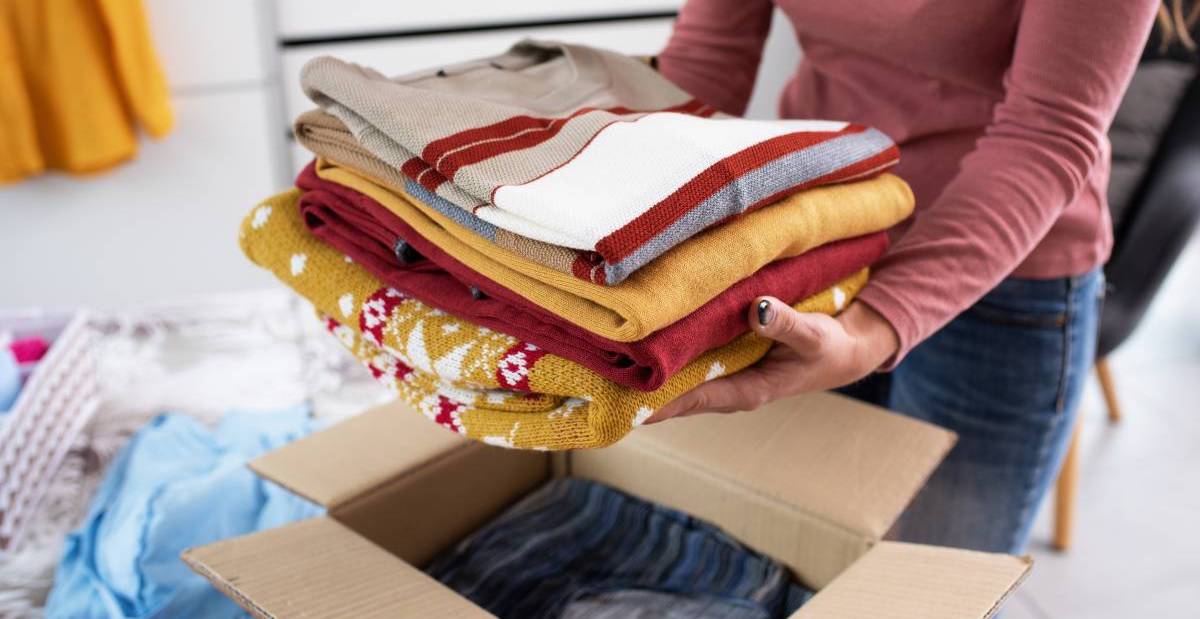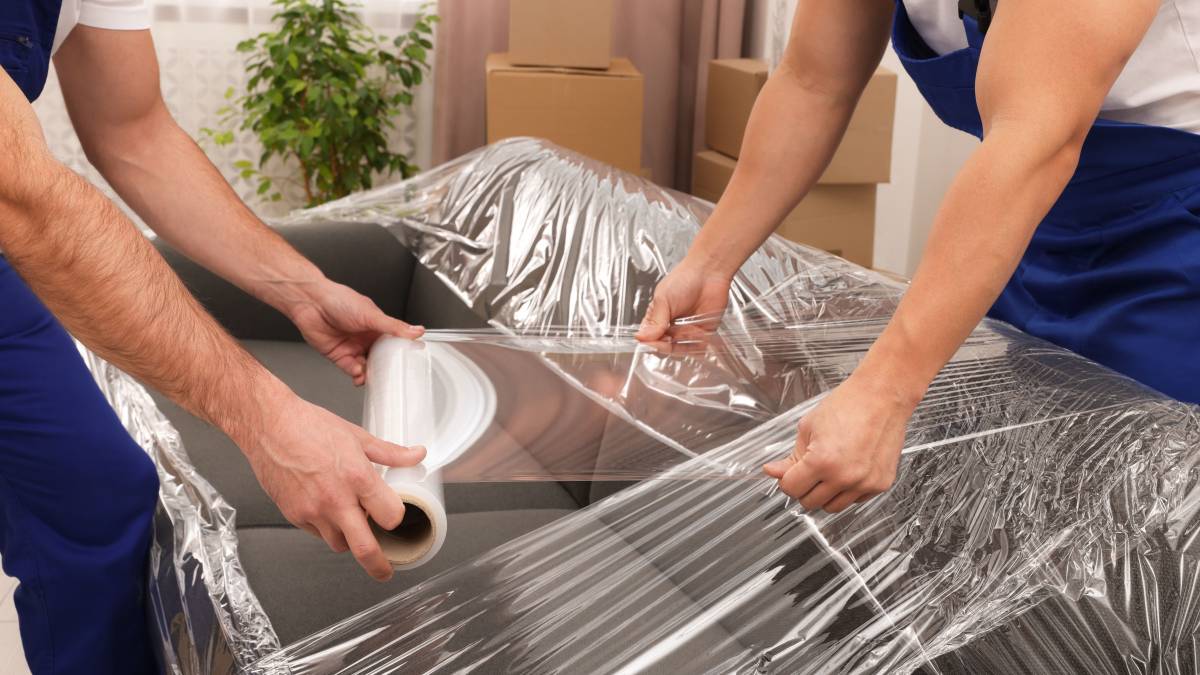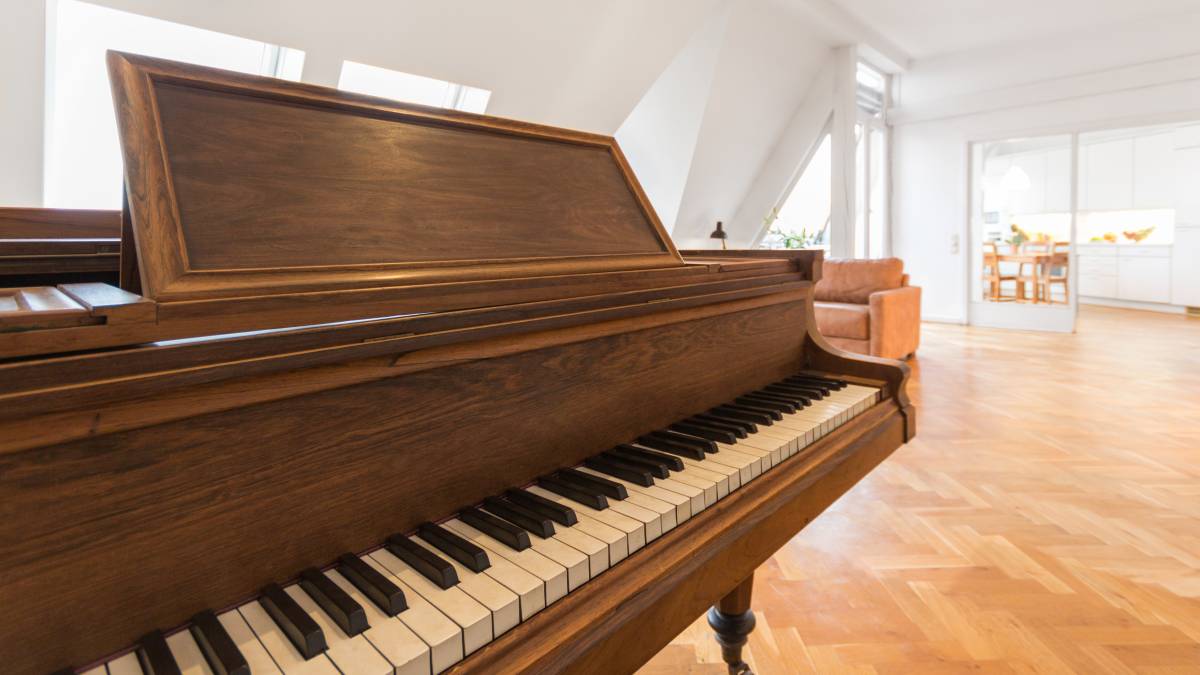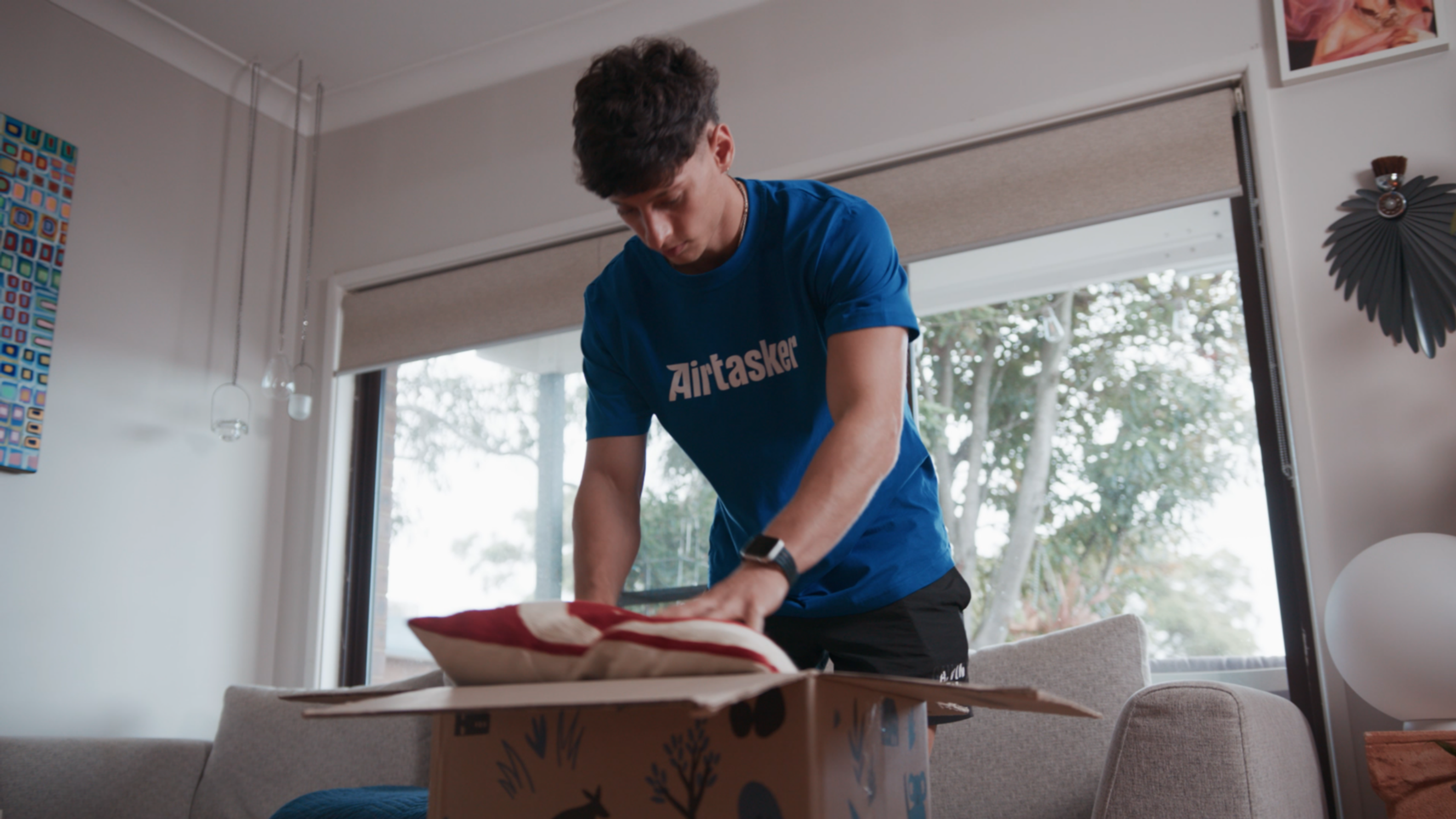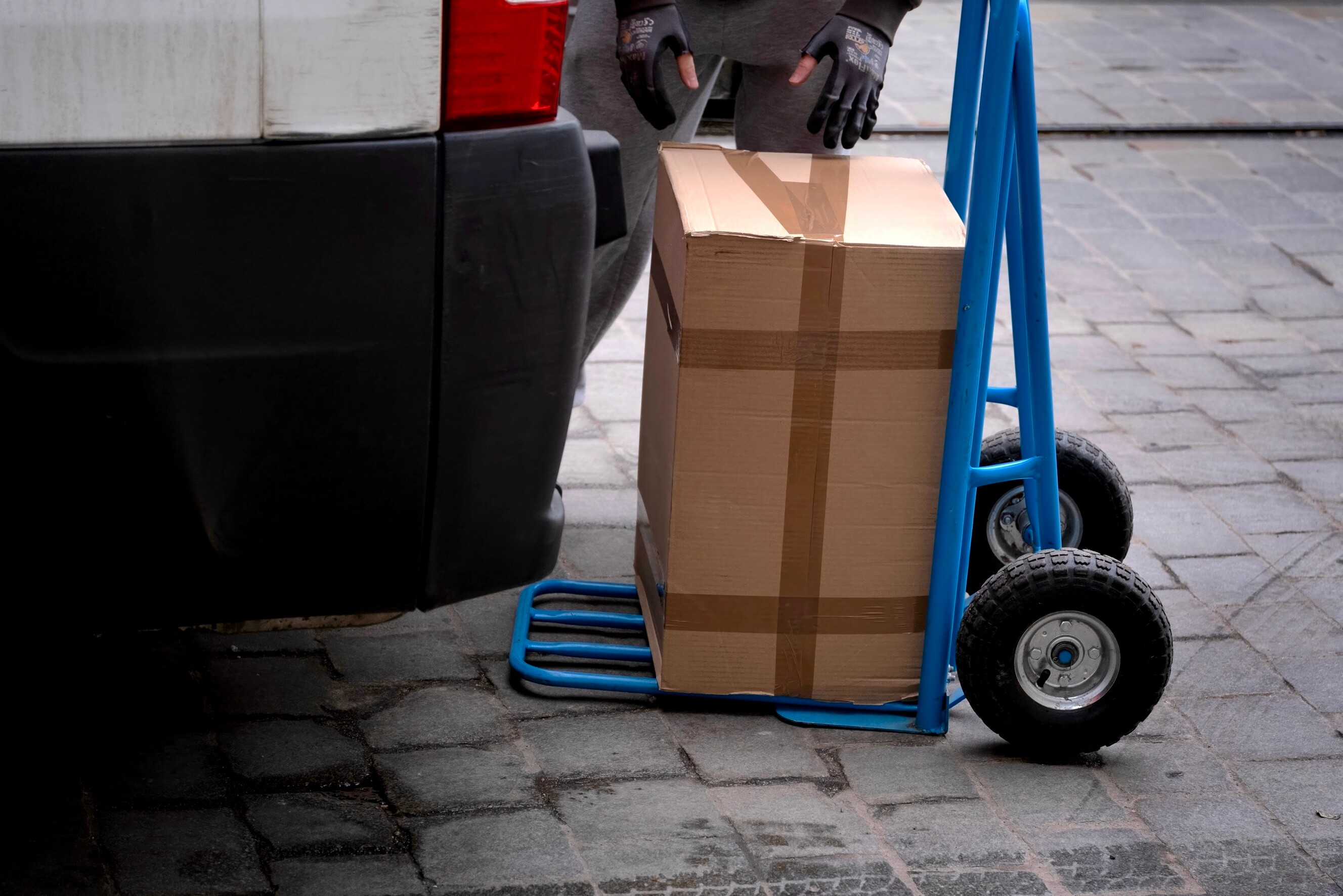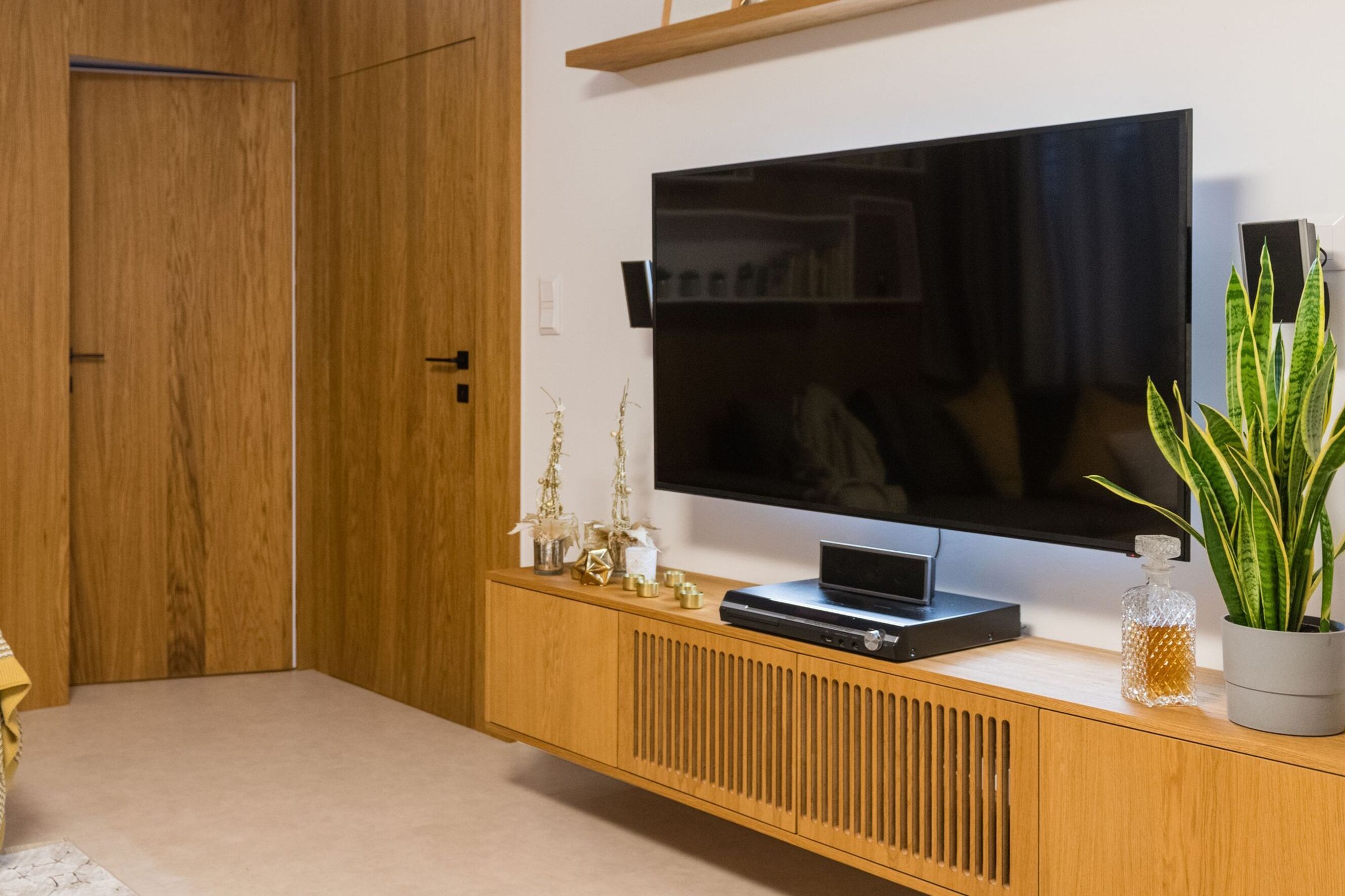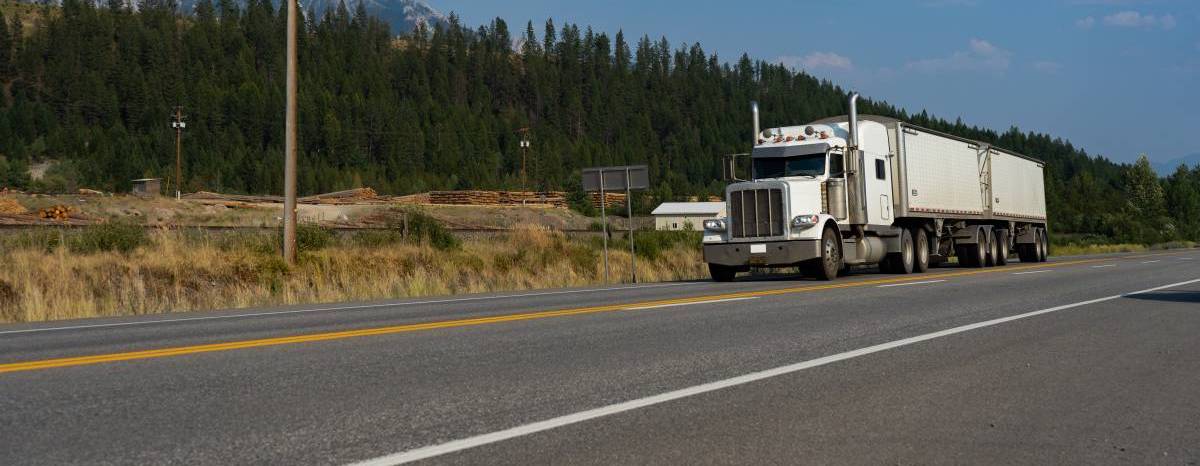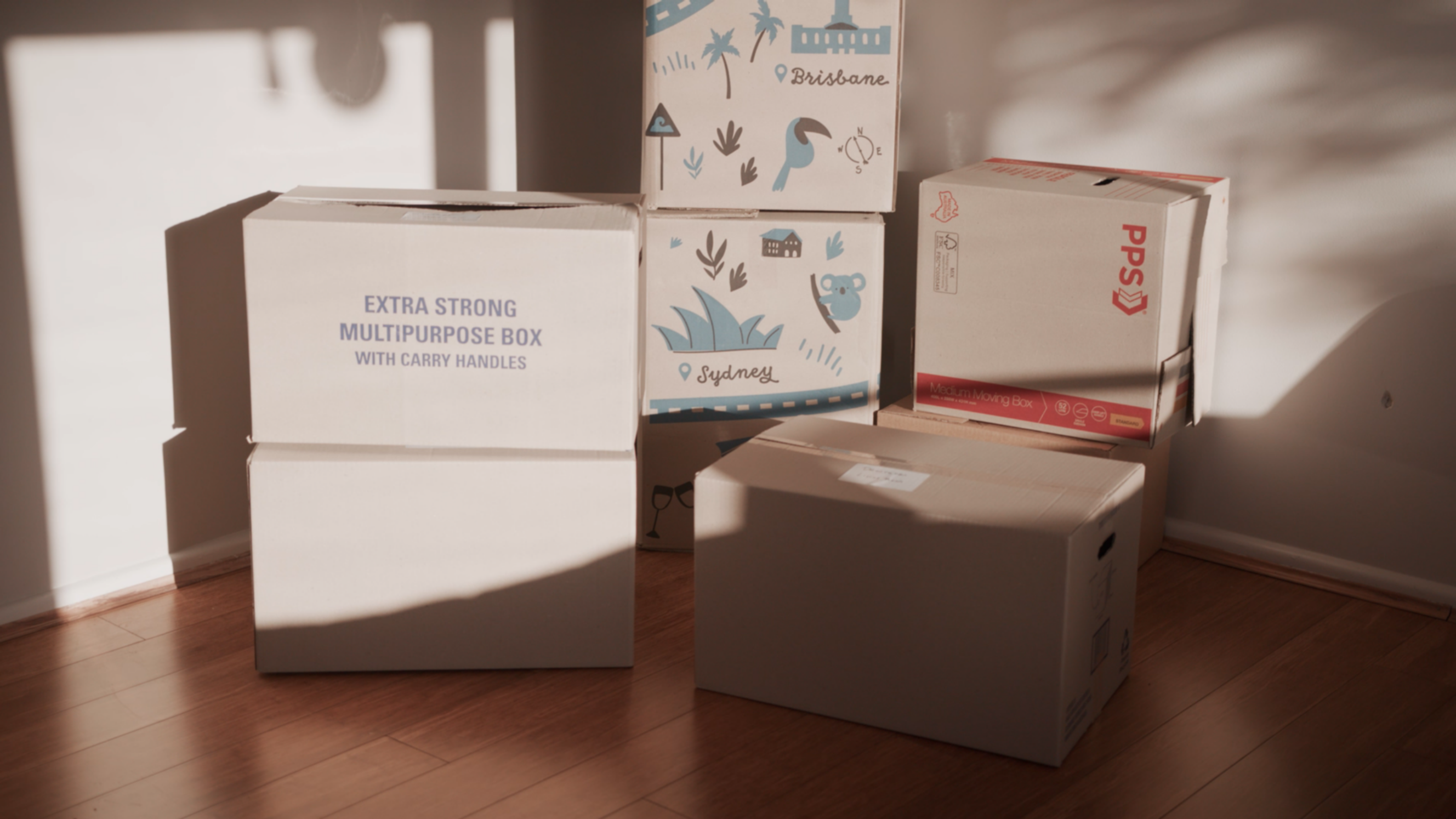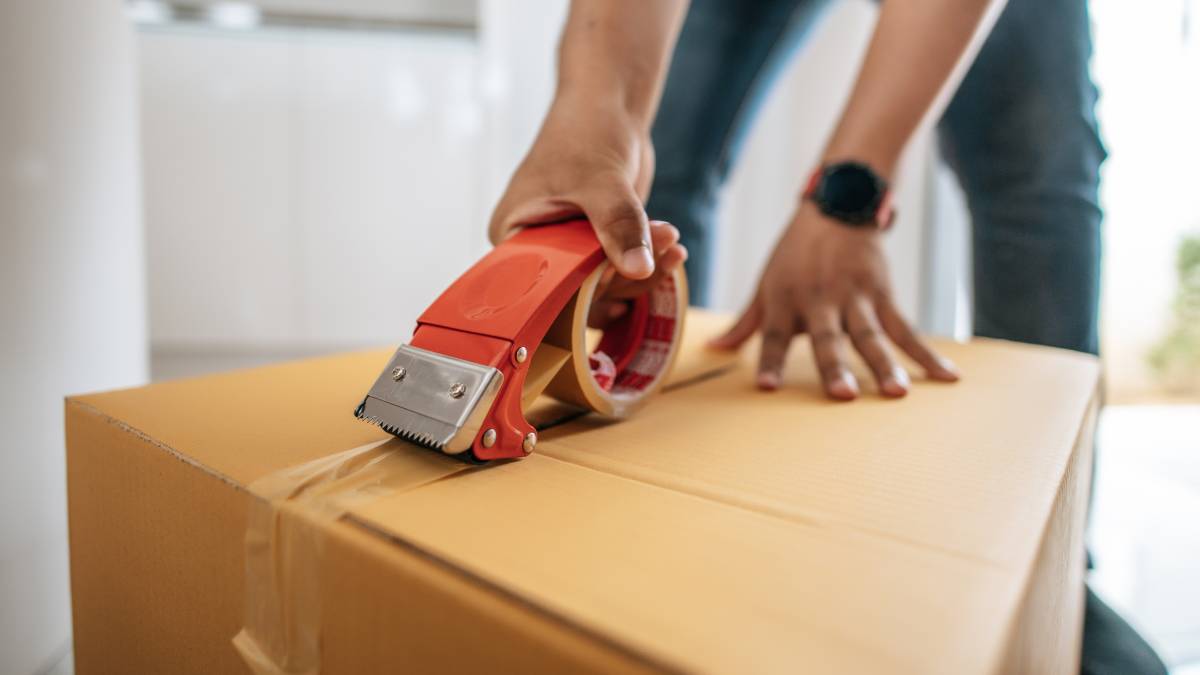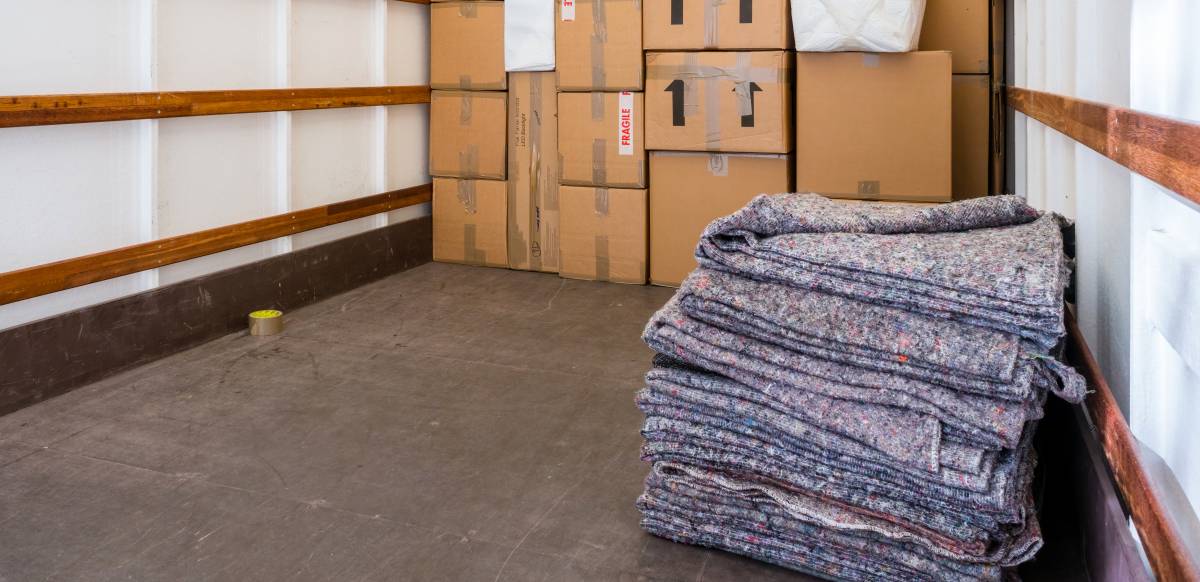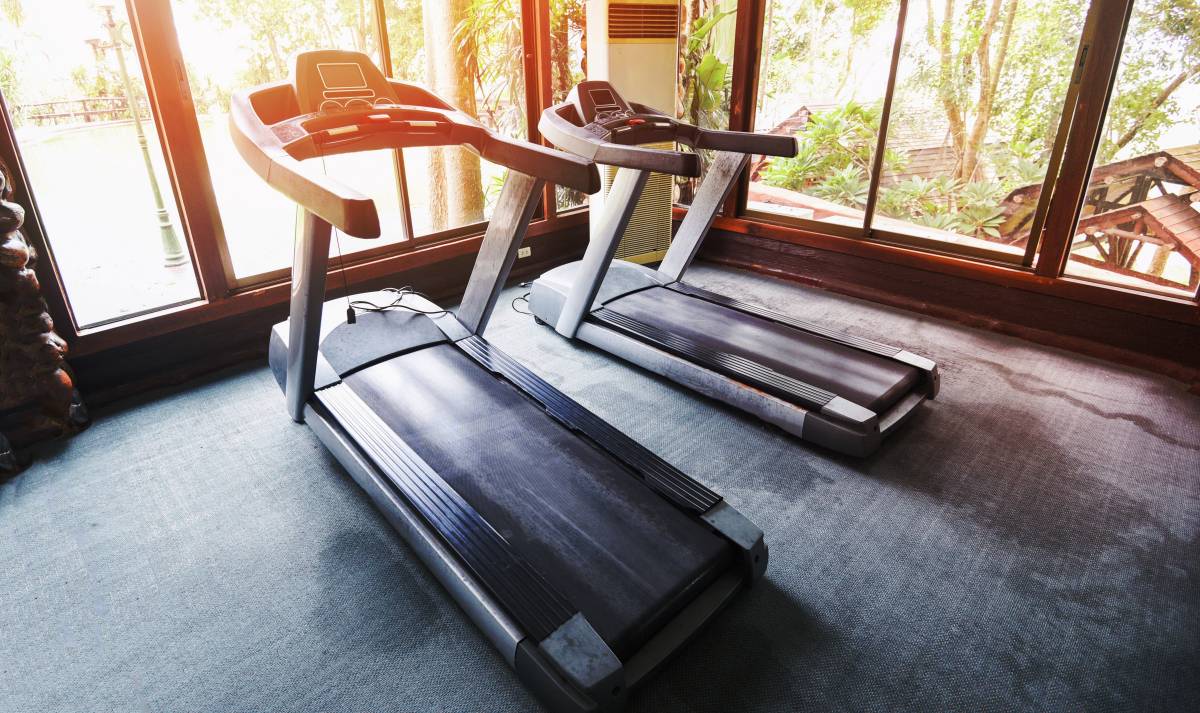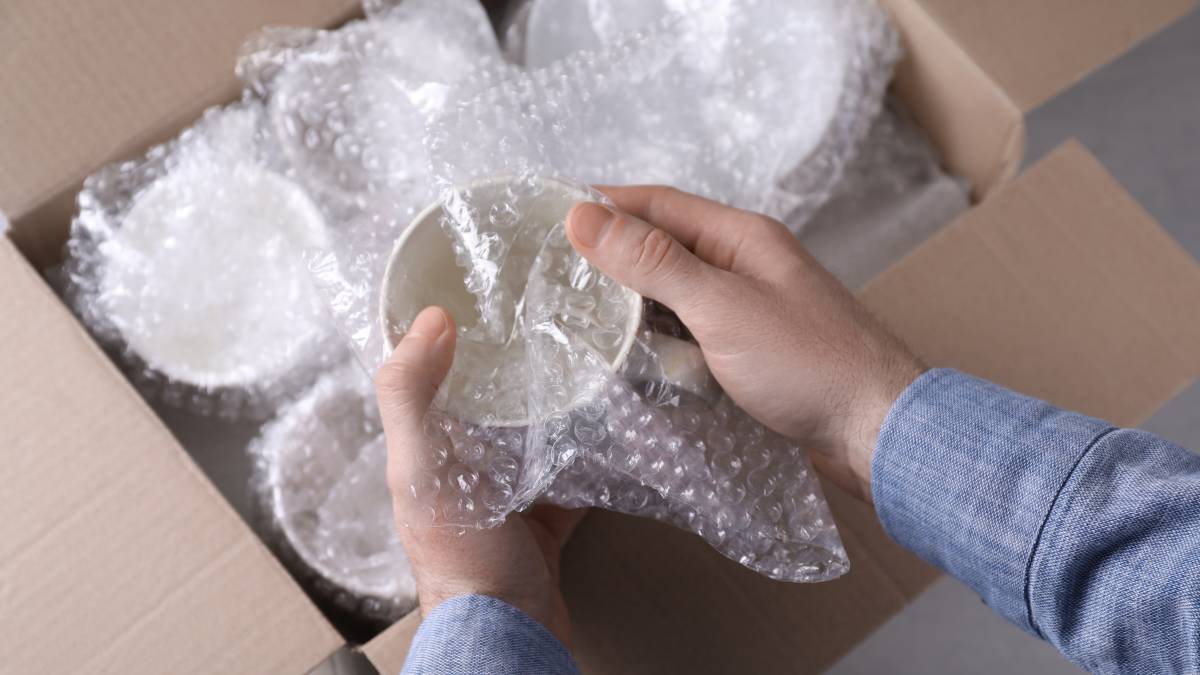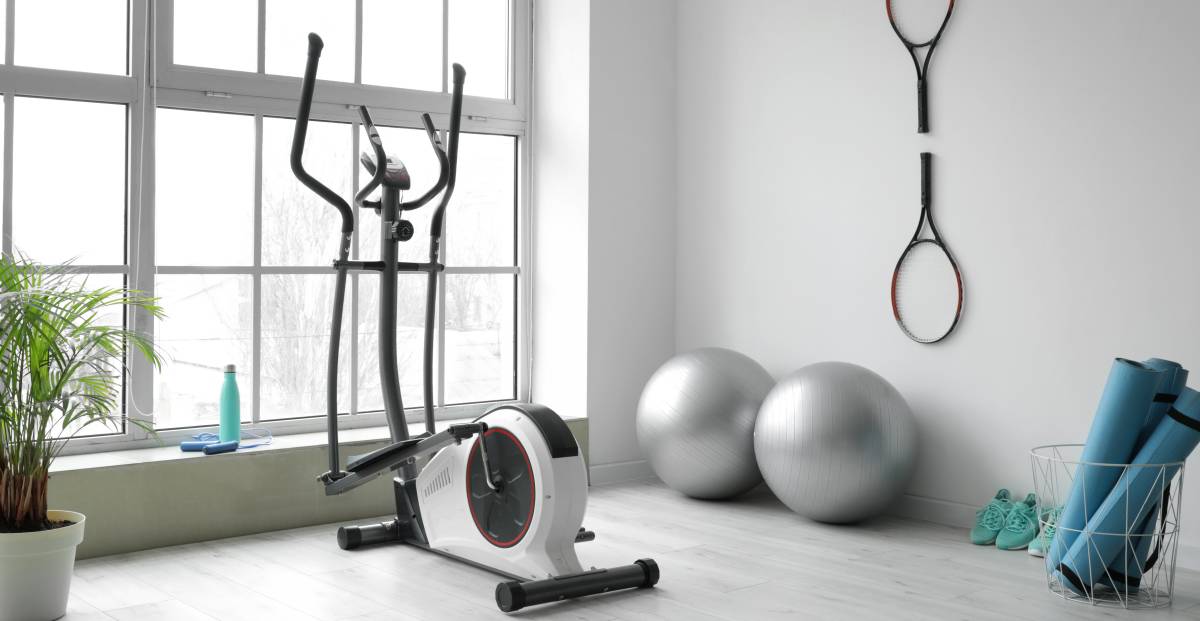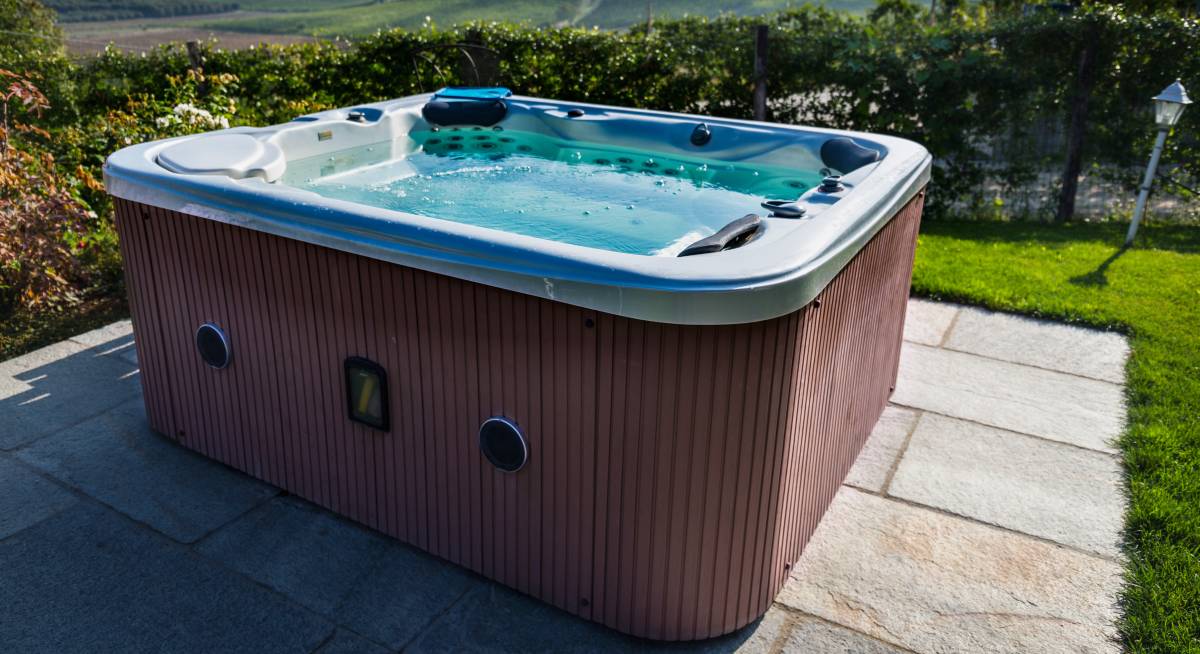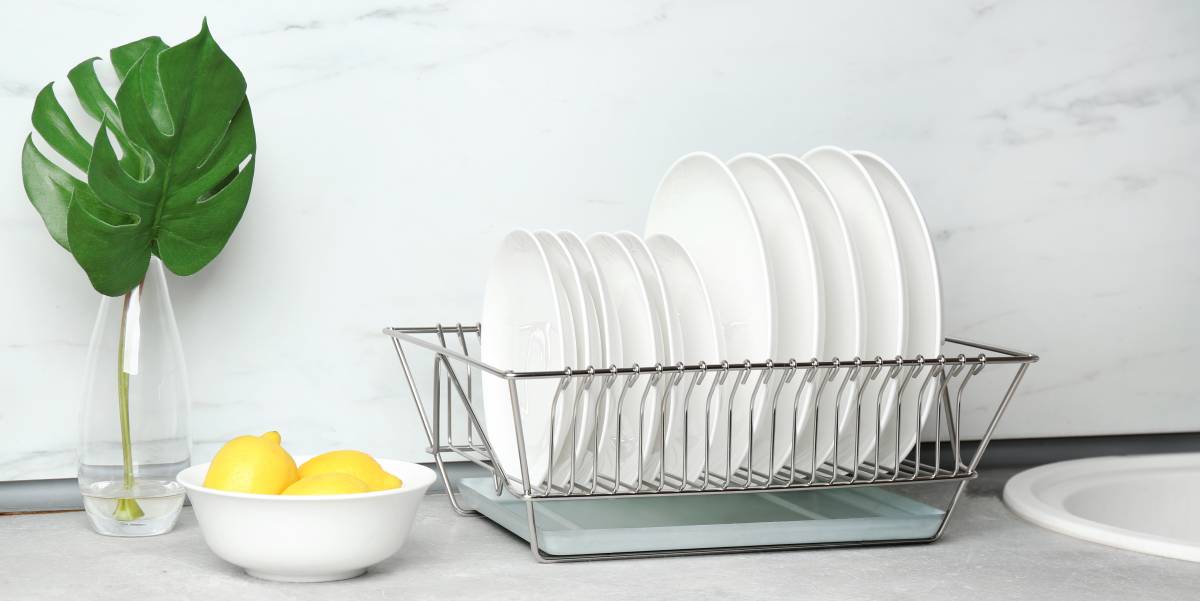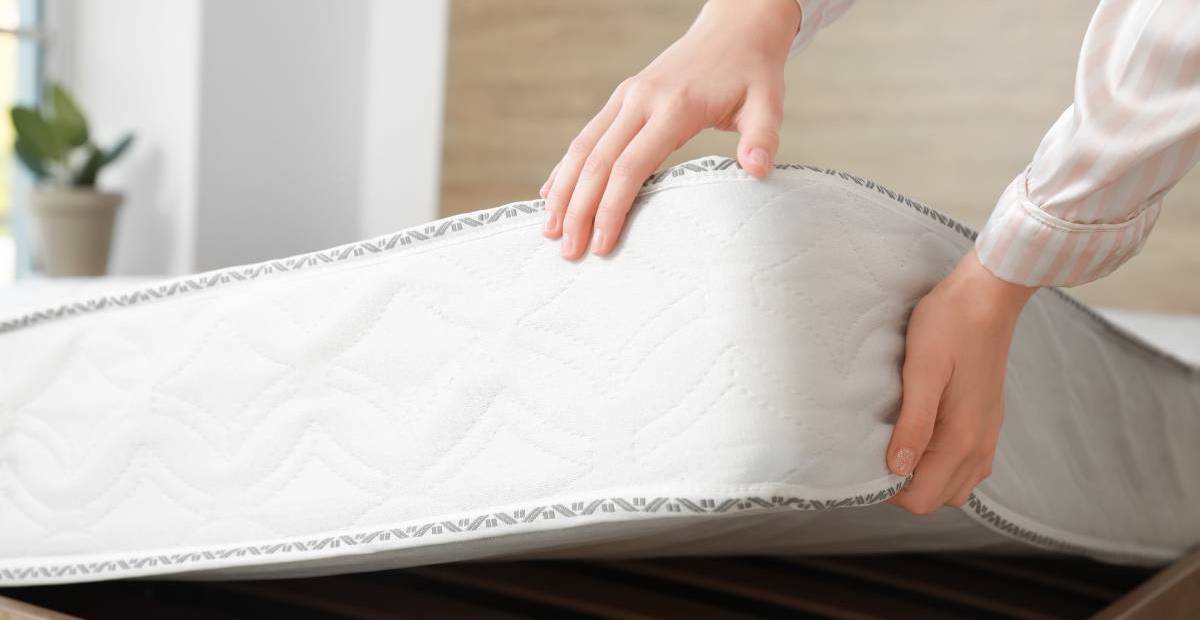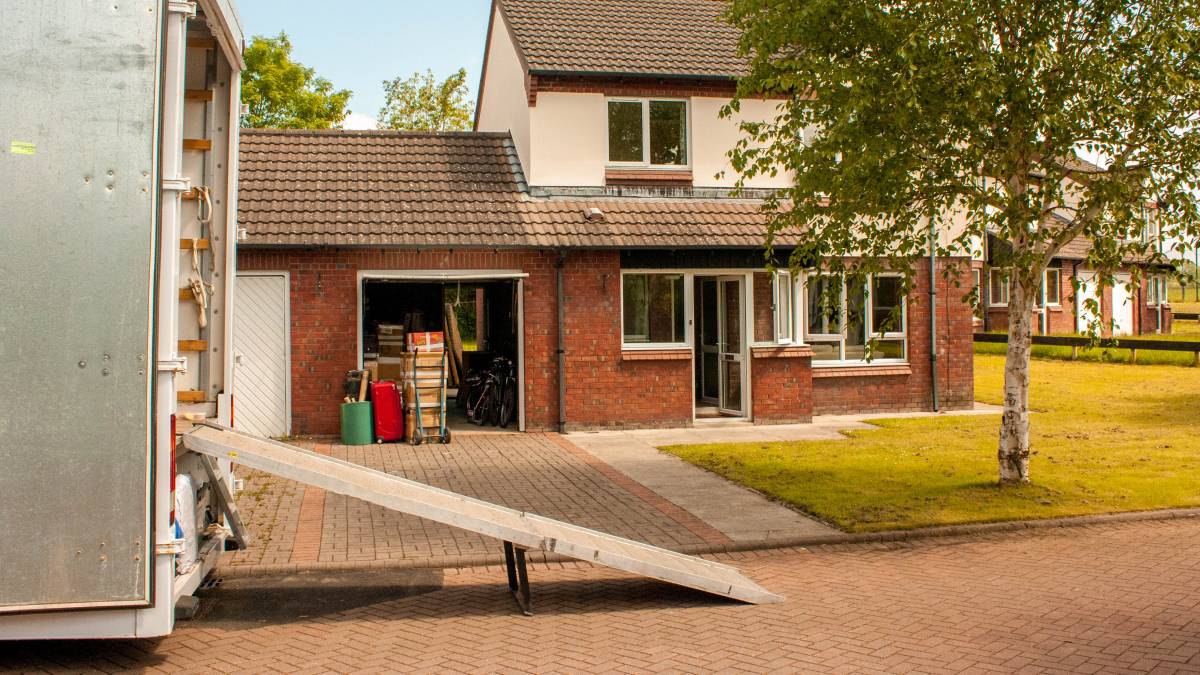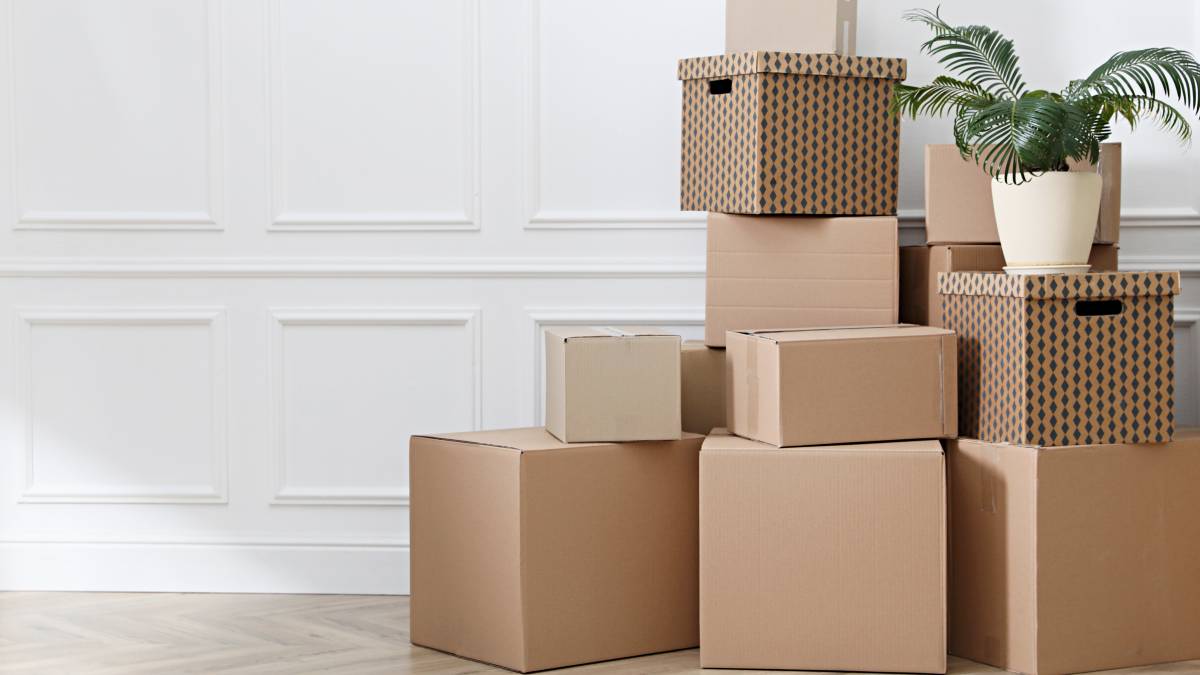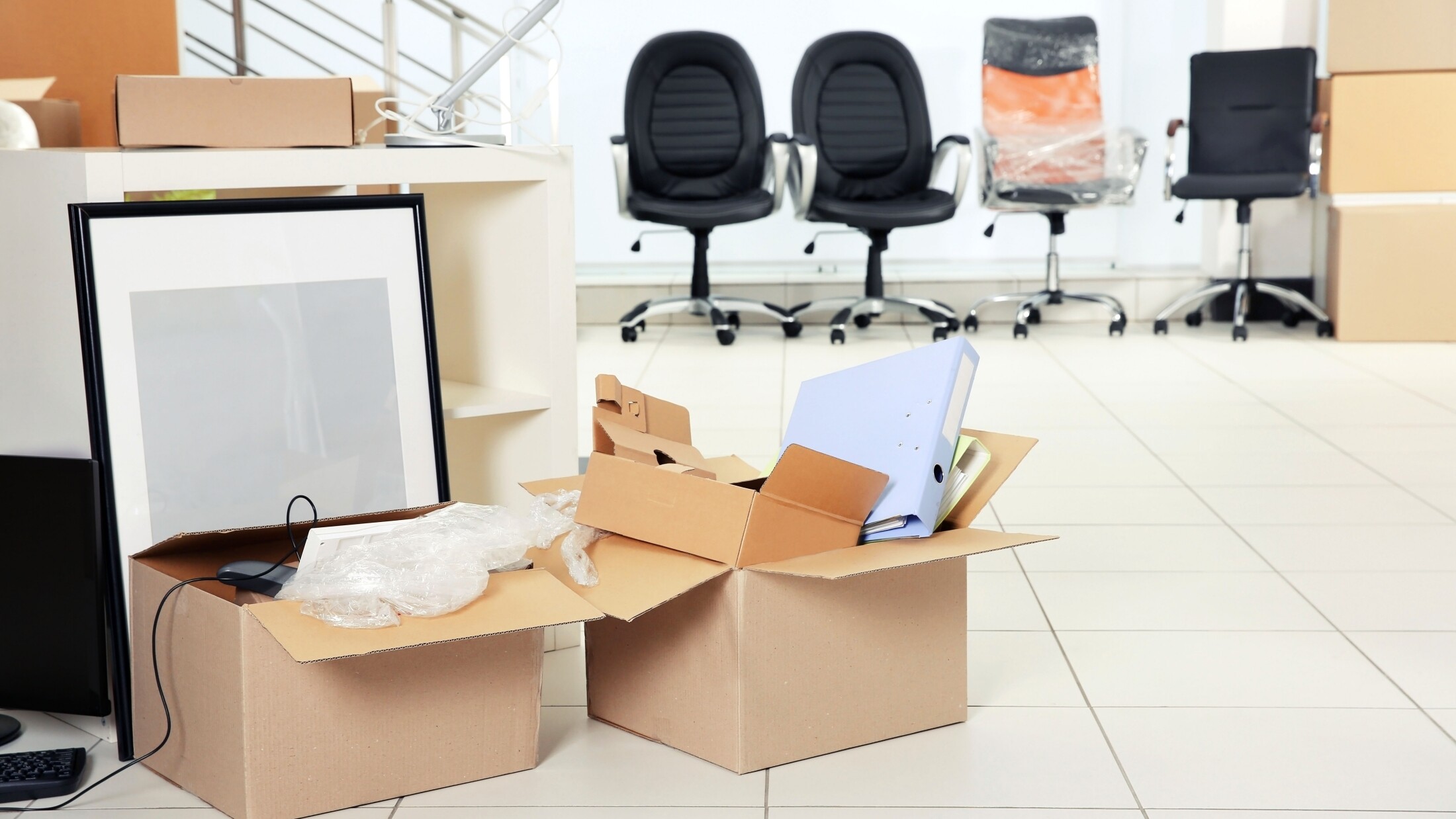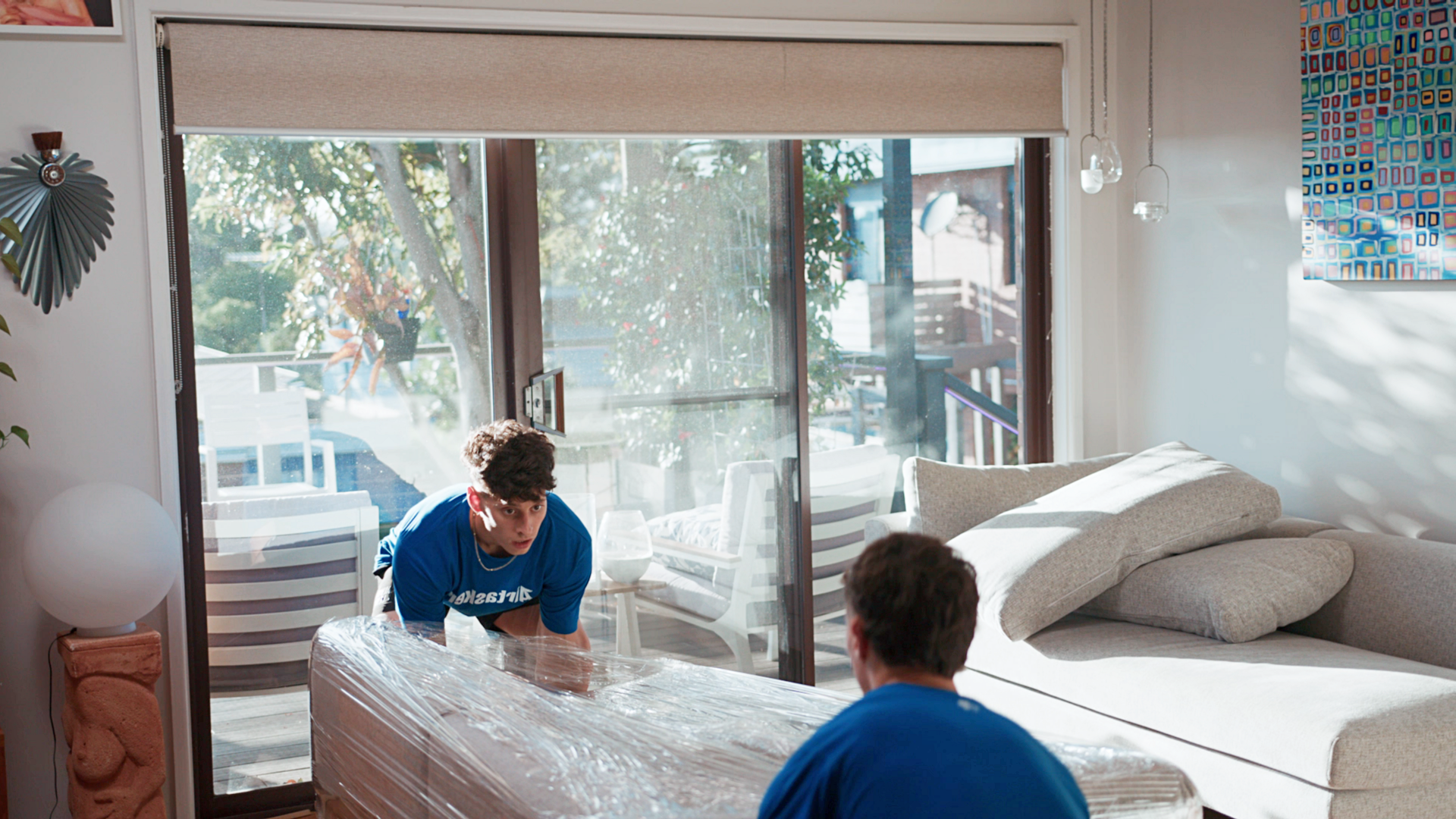
- Home/
- Costs/
- Furniture Removal/
- Furniture Removal Cost Guide 2023
How much does it cost to move furniture in Australia?
Post to find a price. It's free and only takes a minute.
Price per hour
$70 - $300
low
$70
median
$185
high
$300
Last Updated on

Written by Cielo B.
Staff Writer
Read more about our contributor
Key Facts
Furniture removal costs in Australia range from $70 to $300 per hour, depending on location, labour, and truck size.
Insurance matters. Basic liability is often included, but consider full-value or declared-value coverage for high-end furniture or interstate moves.
Save on costs by booking during mid-week or winter, using backloading, and prepping furniture early to cut down on labour time.
Bringing along old furniture that’s still in good condition is smart, but moving it can be expensive. You’ll likely need to hire furniture removalists to help pack, load, and unload everything efficiently. Letting professionals handle the physical work saves you significant time and effort.
In this guide, learn about the typical cost to move furniture and discover ways to save money. Understanding the expenses involved will help you create a realistic budget and find the best value when comparing quotes from different service providers.
What is the average cost of moving furniture in Australia?
Moving furniture costs in Australia range from $70 to $300 per hour. However, prices can still change depending on property type, number of movers, distance of the move, and other factors we’ll cover later.
As a general reference, here are the typical hourly rates for moving furniture in some cities in Australia:
| City | Average Cost of Moving Furniture (per hour) |
|---|---|
$75 — $300 |
|
$72 — $288 |
|
$64 — $255 |
|
$67 — $270 |
|
$67 — $270 |
|
$69 — $276 |
|
$70 — $282 |
What factors affect the costs of moving furniture?
 Tasker wrapping a large sofa in clear plastic for transport
Tasker wrapping a large sofa in clear plastic for transport
How much does it cost to have furniture moved? The estimated price depends on several factors:
Distance of the move
Distance is significant to the cost of moving furniture. It determines the required labour, fuel costs, and truck size for the job. Below, we’ll break down the different types of moves based on distance.
Local moves
Local moves involve moving furniture within the city only. Usually, you only need two removalists and a small 3—6 tonne (T) truck, which could cost around $90 to $120 per hour. Most local moves take around two to four hours to finish, so the estimated cost would be around $200 to $500 for the entire job.
Since the distance is short, the extra fuel costs are included in the per-hour rate. Some removalist companies charge a flat fuel rate, but it is generally lower than for other long-distance moves.
Regional moves
Moving to any nearby town or rural area is considered a regional move. It’s still within the same state, but since it requires longer distances, large trucks of 7-10T accommodate more items and handle longer drives.
Due to the extra driving time, fuel costs are higher. Moreover, removalist companies often set a minimum fee or number of hours for a certain distance, even if the actual labour hours are less. For instance, if a removalist company has a minimum 6-hour charge for moves over 100 km, but your move took only four hours, you’ll still have to pay for six hours.
Regional moves can take more than eight hours to finish, so expect the furniture moving costs to range from $1,000 to $2,500.
Interstate moves
Moving across states, also known as interstate moves, involves more time, fuel, additional logistics, and legal requirements. For this reason, the cost of moving furniture interstate is the most expensive, ranging from $2,500 to $9,500.
Since interstate moves require removalists to have rest breaks and overnight stops, labour costs are higher. You’ll need large 10—20T trucks or 20—40-foot containers, but remember that removalist companies often set a fuel surcharge of $200 to $1,000 to cover the fuel cost on long-distance moves. The surcharge is an extra fee on top of the standard moving rate, preventing a removalist company from losing money during unexpected fuel spikes.
Here’s a table that outlines the estimated costs for different move types:
| Move Type | Distance Range | Truck Size | Estimated Cost | Best For | Example |
|---|---|---|---|---|---|
Local Move |
5 — 30 km |
Small trucks (3T — 6T ) |
$200 to $500 |
Small apartments, offices |
Moving a 2-bedroom apartment within Sydney |
Regional Move |
100 — 500 km |
Medium or large trucks (7T — 10T) |
$1,000 to $2,500 |
Family homes |
Relocating a 3-bedroom house from Melbourne to Geelong |
Interstate Move |
1,000+ km |
Large trucks (10T — 20T) or 20—40 ft. containers |
$2,500 to $10,000+ |
Long-distance relocations |
Moving a family home from Brisbane to Sydney |
Number of removalists needed
Additional manpower can also affect furniture moving costs. For instance, a one-bedroom apartment requiring two furniture removalists starts at $125 per hour. Meanwhile, a large three-bedroom house needs at least four movers, costing around $245 per hour.
Although hiring a larger crew costs more, it can help complete the job faster, leading to lower labour costs. Additionally, they can safely lift heavy furniture (like pool tables), preventing damage and reducing the risk of injuries.
Type and volume of furniture
Moving several items simultaneously can incur a higher furniture moving cost estimate because this requires larger trucks and more movers. Some interstate removalists would even charge based on the furniture’s weight and volume (measured per cubic metre), since this will determine the right truck size. Typically, you’ll need large trucks for moving furniture. Using the smaller ones would require multiple trips, leading to higher labour costs.
You also need to consider the amount of space available inside the truck. Squeezing multiple pieces of furniture in one truck can be dangerous, especially if you must move large, fragile items like a piano or grandfather clock.
Access and logistics
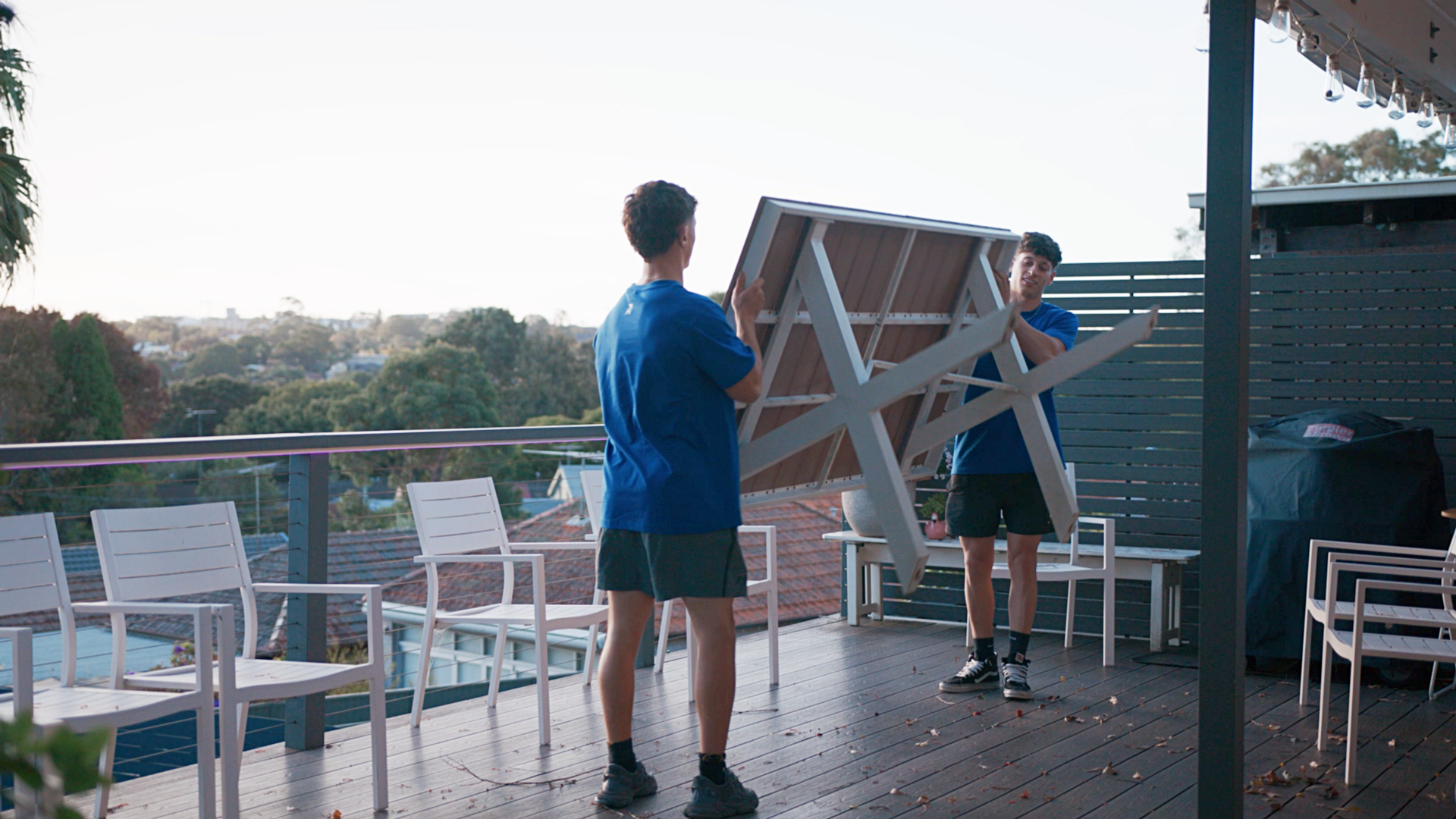 Two Taskers working together to lift and move a table
Two Taskers working together to lift and move a table
When it comes to moving furniture, time is money—literally. If a single piece of furniture takes hours to move because of a narrow staircase or slow lift, expect to pay a premium. The same applies if there isn’t a close parking spot for the truck. Loading and unloading would take longer, as movers would have to carry your furniture and walk further, leading to higher labour costs.
Logistics can be challenging when moving into urban areas like Sydney or Melbourne since there are many one-way streets and frequent traffic jams. Moving into rural areas isn’t cheap because of the gravel roads and hilly terrain. Due to these logistical challenges, travel time takes longer, resulting in higher furniture moving rates.
Timing of the move
Furniture moving prices can fluctuate at certain times of the month. For instance, there’s a price increase of around 20—30% during summer (Dec. to Feb.) because of school breaks, Christmas, and Easter. If the moving date is a public holiday, companies typically apply holiday surcharges to cover the overtime pay for the staff working that day.
Booking on a weekend can be expensive, with moves costing 10-30% more than the normal rate. End-of-month dates aren’t ideal, as some movers may apply a 10–20% premium during these dates. Consider mid-week dates for a lower furniture moving cost estimate.
Here’s an overview of how furniture moving costs differ during peak vs off-peak seasons:
| Timing | Cost Difference | Notes | Discount/Promo Availability |
|---|---|---|---|
Mid-week (Tue—Thurs) |
Save up to 15-30% |
Typically the most affordable option |
High – Many removalists offer discounts to fill slots |
Weekends (Fri-Sun) |
+10-30% |
Higher demand increases costs |
Low – Discounts are rare due to demand |
Public Holidays |
+20-50% |
Limited availability and higher demand |
Rare – Premium rates usually apply |
End of Month |
+10-20% |
Popular time for leases ending |
Low – High demand limits discounts |
Peak Season (Summer) |
+20-30% |
High demand during Christmas, Easter, and school breaks |
Rare – Demand outweighs promo offers |
Insurance and liability
Insurance is a must when moving furniture because accidents can still happen. While it is an additional expense, insurance protects your belongings during the trip.
Carrier’s liability
This is the basic or default insurance that moving companies provide. It only covers damages caused by their movers’ negligence.
Moreover, if their negligence is proven, the removalist company only compensates the customer with the depreciated value of the lost or damaged furniture. The depreciated value will be determined based on the item’s age and current condition.
For instance, if an old sofa costs $2,000 but has worn out due to age, the depreciated value could be $1,200. So, you’ll only receive a $1,200 reimbursement.
Full replacement value
This is the most comprehensive insurance option because it covers the full replacement value of an item if it’s damaged or lost during the move. It offers maximum protection, so it’s the most expensive and worthwhile option for those planning to move high-end furniture and appliances.
Declared value insurance
Also known as nominal insurance, declared value insurance is a more affordable alternative to full replacement value. Here’s how it works: The customer declares the full value of their items, and the insurer covers the declared amount in case the items are damaged or lost during the move.
Just avoid under-declaring your items, or else you won’t get reimbursed for the full price. Overdeclaring isn’t a good move either because you may pay a higher premium for unnecessary coverage.
Check out this table for easier comparison of furniture insurance options:
| Insurance Type | Coverage | Removalist’s Liability | Customer’s Liability | Notes |
|---|---|---|---|---|
Carrier’s liability |
Covers damage or loss caused by the removalist during transit |
Limited |
30-50% |
Included in the move, but does not cover customer-packed items |
Full Value Protection |
Covers full repair/replacement costs |
100% |
0% |
Most comprehensive coverage; higher cost but offers complete peace of mind |
Declared Value Protection |
Based on item value declared by customer |
Capped at declared value |
Remainder if under-declared |
Cost-effective for high-value items |
No Insurance |
No coverage provided |
0% |
100% |
Customer assumes full responsibility |
Additional services
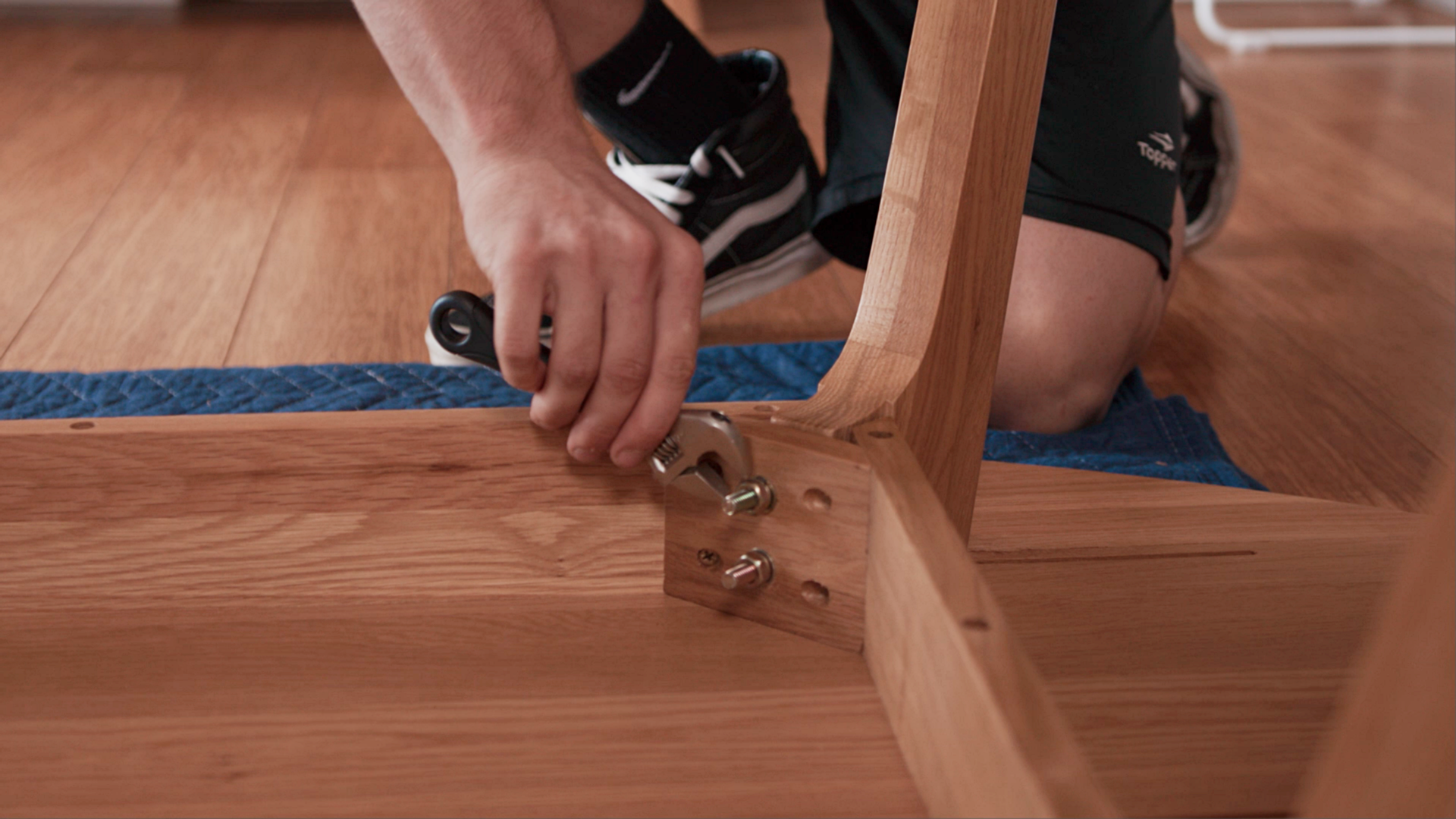 Tasker disassembling a wooden table using a wrench on a hardwood floor
Tasker disassembling a wooden table using a wrench on a hardwood floor
In addition to transportation, services such as assembling and disassembling should be considered. Some furniture pieces can be tricky because they’re incredibly heavy or have confusing hardware. You’ll need an extra pair of helping hands for a more efficient move, meaning extra labour costs.
Storage services can be requested, especially if you plan a long-distance move that requires multiple stops. You might need a place for temporary storage, which will add to the total price of moving furniture.
What are some ways to save on moving furniture?
Now that you already know how much furniture removals cost, you’re probably wondering, ‘Is there a way you can lower your expenses?’ Here’s how:
Prepare well
Start preparing and wrapping your furniture a few weeks before the moving date. You can also place and organise the small parts in a box and then add a label.
On it, write the designated room for each piece of furniture. This will make it easier for the removalists to unload and position items in your new home. Being well-organised and having everything ready can reduce the total time of the move, lowering labour costs.
Reserve parking
Removalist companies often charge a ‘long carry’ fee if they have to move items over a long distance from the truck to your property. To avoid incurring additional charges, secure a parking space as close as possible to your property’s entrance for the removalist truck.
Take advantage of off-peak periods
Book mid-week, specifically on a Tuesday or Wednesday, as these are considered off-peak periods. Furniture moving prices are lower during these times, and removalist companies offer better rates and discounts to fill the slots.
Scheduling a move during the winter (Jun. to Aug.) can also help you save money. Demand is low during these months, so most moving companies offer discounts of up to 10-20% to attract more customers.
Consider backloading services
Instead of renting an entire truck, you can share truck space with other customers, which is called backloading. You’ll only pay for the space your belongings occupy, helping you save more than a full-service move.
Keep in mind, though, that the truck needs to be full before it departs; backloading can cause potential delays. It’s best to choose this service only for non-urgent relocations.
What should you look for in a furniture removalist?
 Moving day in progress as Taskers handle heavy boxes outdoors
Moving day in progress as Taskers handle heavy boxes outdoors
Aside from detailed quotes and clear communication, here are some of the most important things to look for when hiring furniture removalists:
Accreditations
A licence from the Australian Furniture Removers Association (AFRA) ensures that removalists follow industry standards for transporting, packing, and storing goods. Additionally, AFRA mandates that its members carry specific insurance, like public liability, which offers you an extra layer of protection.
Specialised handling
Look for removalists who can handle fragile items, especially if you have oddly shaped antique furniture. They should be trained and skilled to handle delicate items during transport, loading, and unloading.
Flexible moving modes and storage solutions
Choosing a furniture removalist with flexible moving options helps you find a solution that fits your needs and budget. Some of the most popular choices include:
Full Truck Load (FTL): Hire an entire truck just for your belongings. This offers a fast delivery time and better security.
Backloading: As previously mentioned, this entails sharing truck space with other customers moving along the same route and paying only for the space you use.
Self-pack container: You can pack your furniture into a secure container and have it transported by rail or sea. This is convenient for interstate moves.
Furniture removalists should also offer temporary storage, which is especially useful when moving interstate. Short- or long-term storage options can be beneficial if unexpected delays occur during your move.
Move your furniture securely with Airtasker
Is preserving the quality of your furniture during relocation your number one priority? The key is finding the right removalists who can handle your furniture.
Post a task to find and connect with reliable Taskers specialising in moving furniture. They have the necessary tools and expertise, reducing the risk of damaging your valuable pieces.
Learn more about our contributors

Written by Cielo B.
Staff Writer
Cielo is an experienced content writer who has explored various industries throughout her career. Her expertise, founded on a degree in journalism, includes writing about automotive and home maintenance. Cielo also covers topics like dressmaking, tailoring, and photography since she is a passionate cosplayer who enjoys dressing up as her beloved anime characters.
FAQs on furniture moving costs
Boxes, blankets, straps, and other moving supplies. Many removalist companies charge separately for these extra supplies, so you’ll have to confirm this with them first.
Choosing independent furniture movers over professional movers from removalist companies is often more affordable. You can save 30% to 70% with independent movers, but you will likely have to handle the packing and loading yourself.
While hiring from a removalist company may cost more, the extra price can be worth it for the convenience. They handle everything for you and typically provide more protection.
Yes, they may charge extra for waiting time because most removalist companies set an hourly rate for moving furniture. So, if there are any delays in packing and loading, expect higher labour costs. Make sure to have everything packed and ready, and clear walkways to avoid extra charges.
According to the Australian Taxation Office (ATO), furniture removals aren’t generally tax-deductible. Relocation expenses are considered private, not income-producing activities.
However, the moving costs may be tax-deductible if the removal is business-related. You must prepare documentation and receipts to prove this is for a business move.
Find furniture removalists, fast
Post a task
Related price guides
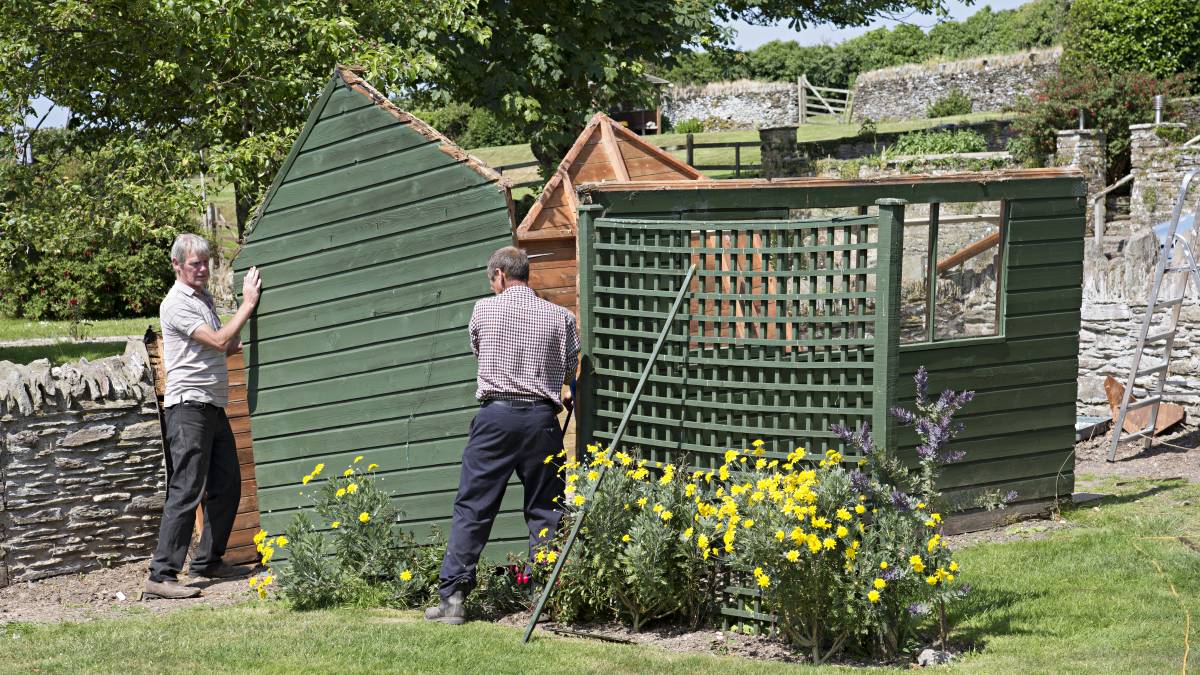
How much does shed removal cost?
Read more

How much does it cost to move house?
Read more
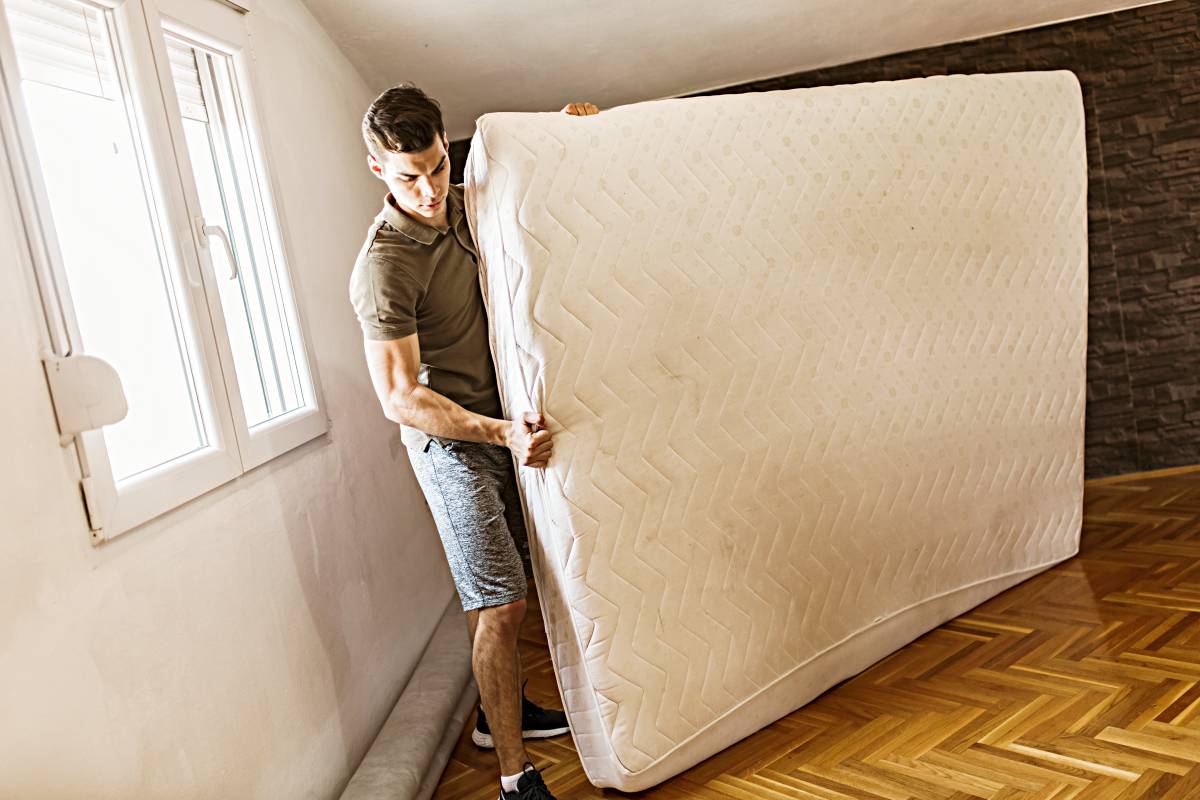
How much does mattress removal cost?
Read more
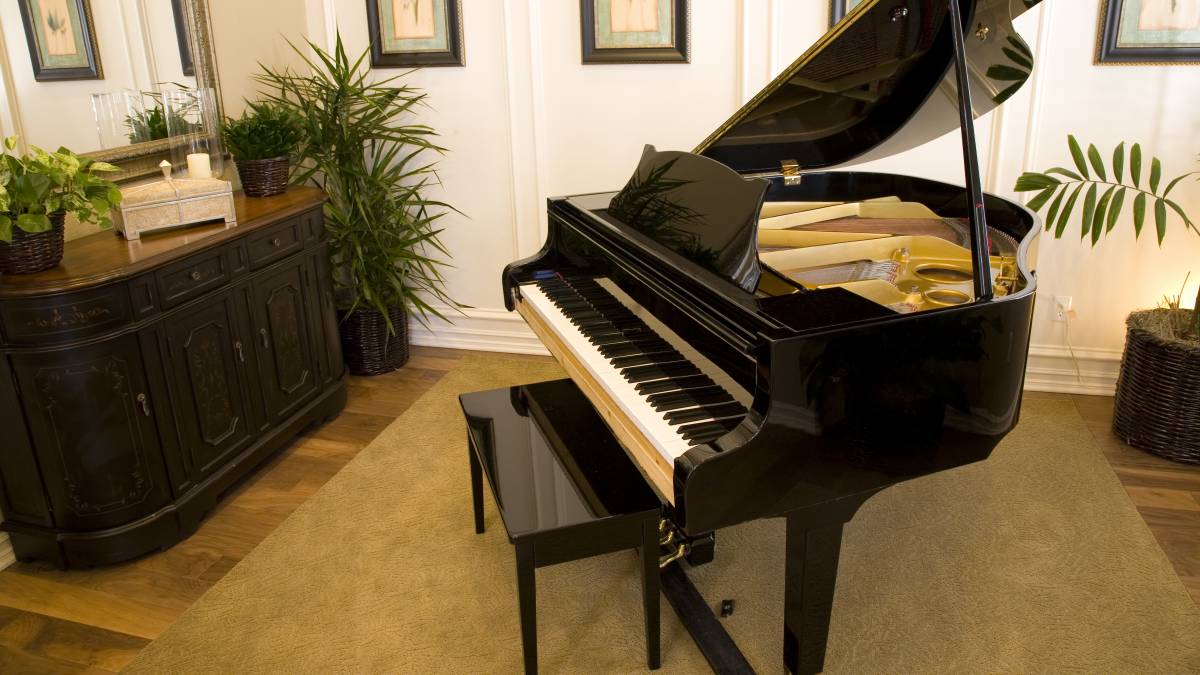
How much does piano moving cost?
Read more
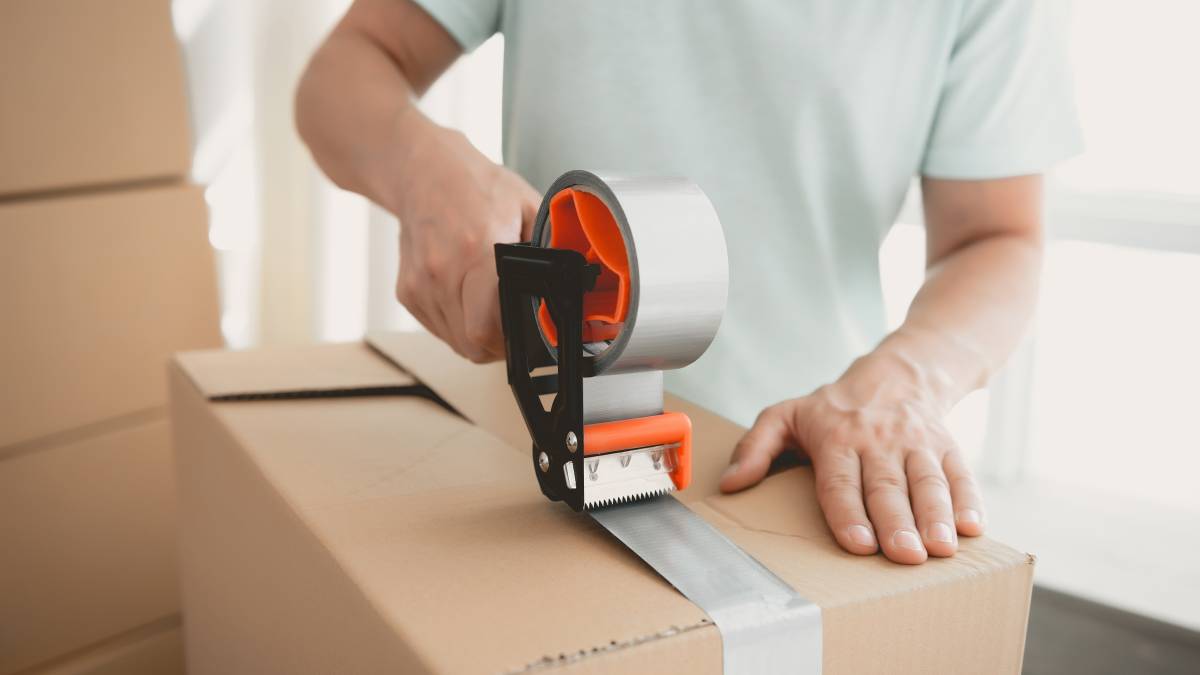
How much do packers cost?
Read more
Related articles
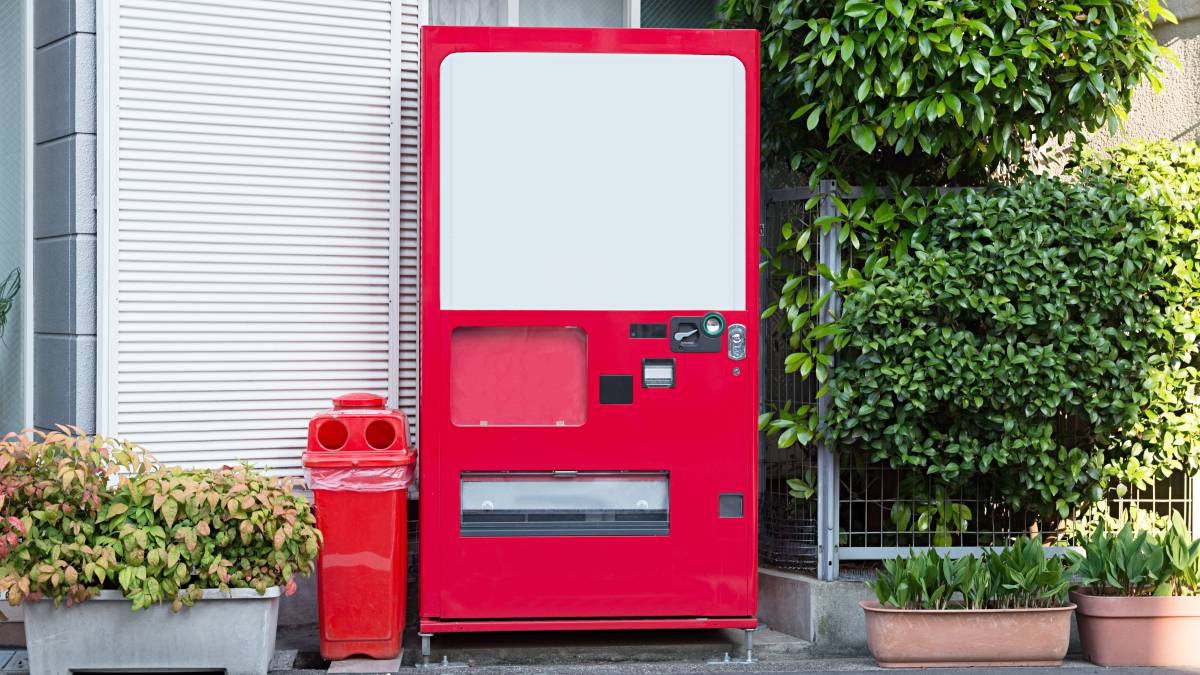
How to move a vending machine
Read more
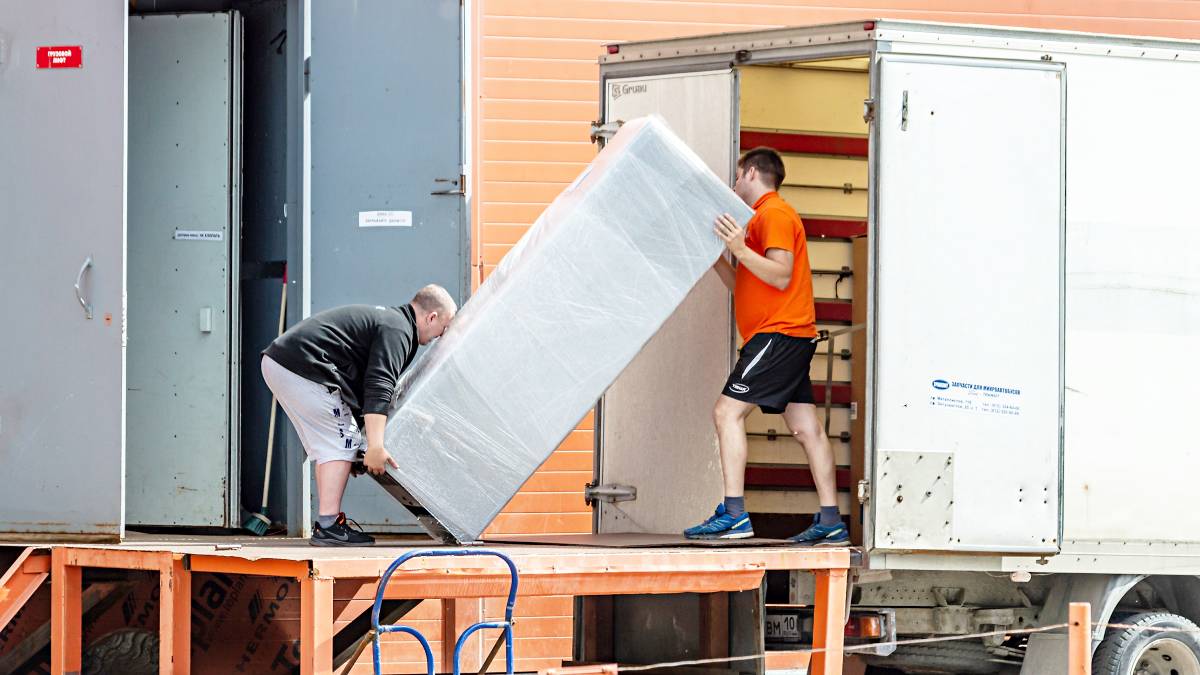
Moving a fridge: How to do it right
Read more
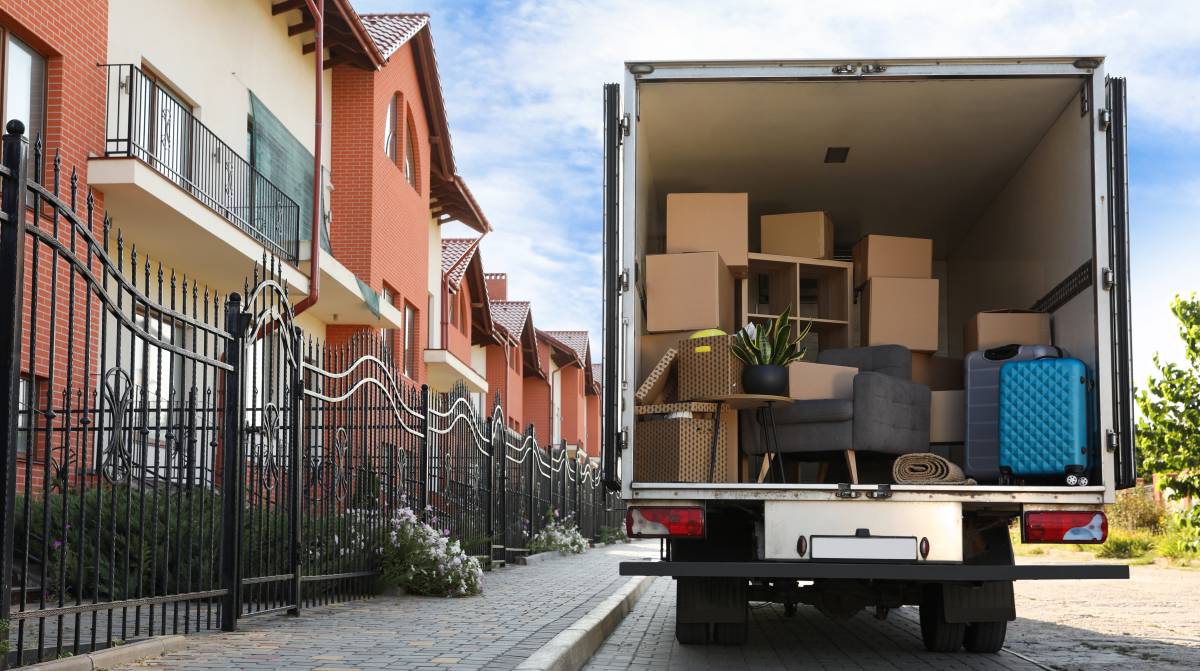
How to pack a moving truck
Read more

Tips for moving house with kids
Read more

How to pack artwork for moving
Read more
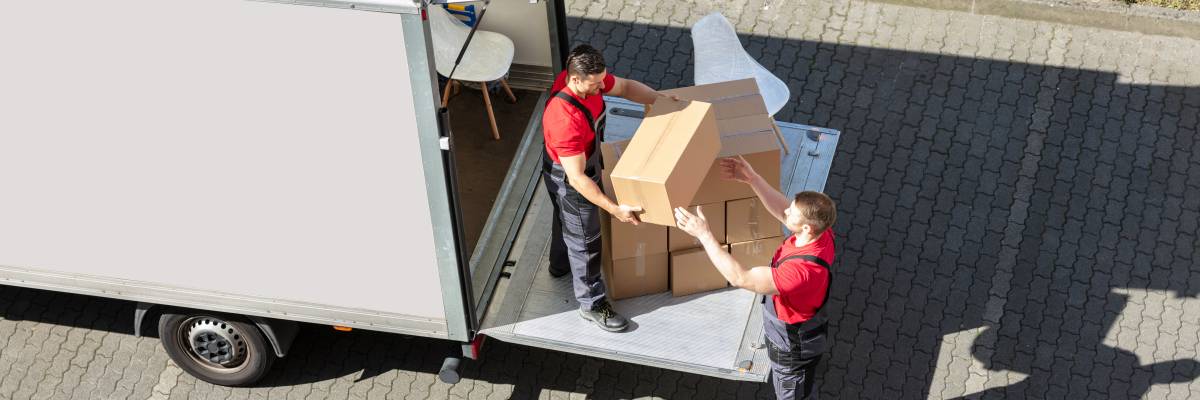
How much do removalists make?
Read more

A guide to becoming a removalist
Read more

How to move a pool table
Read more

How to pack books for moving
Read more
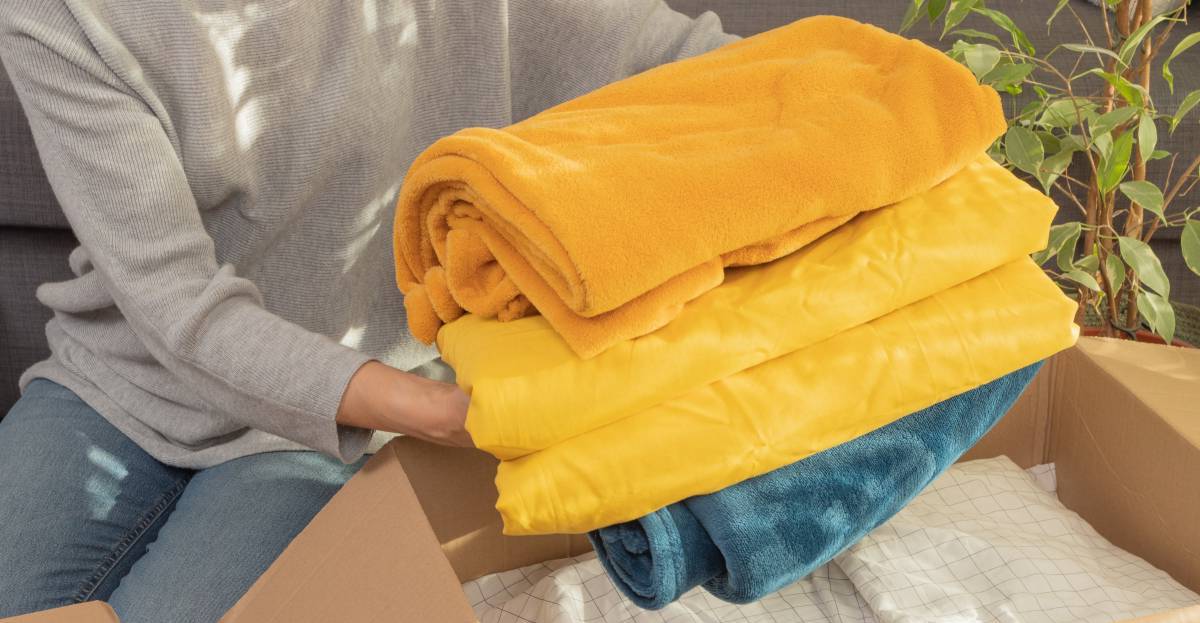
How to pack bedding for moving
Read more
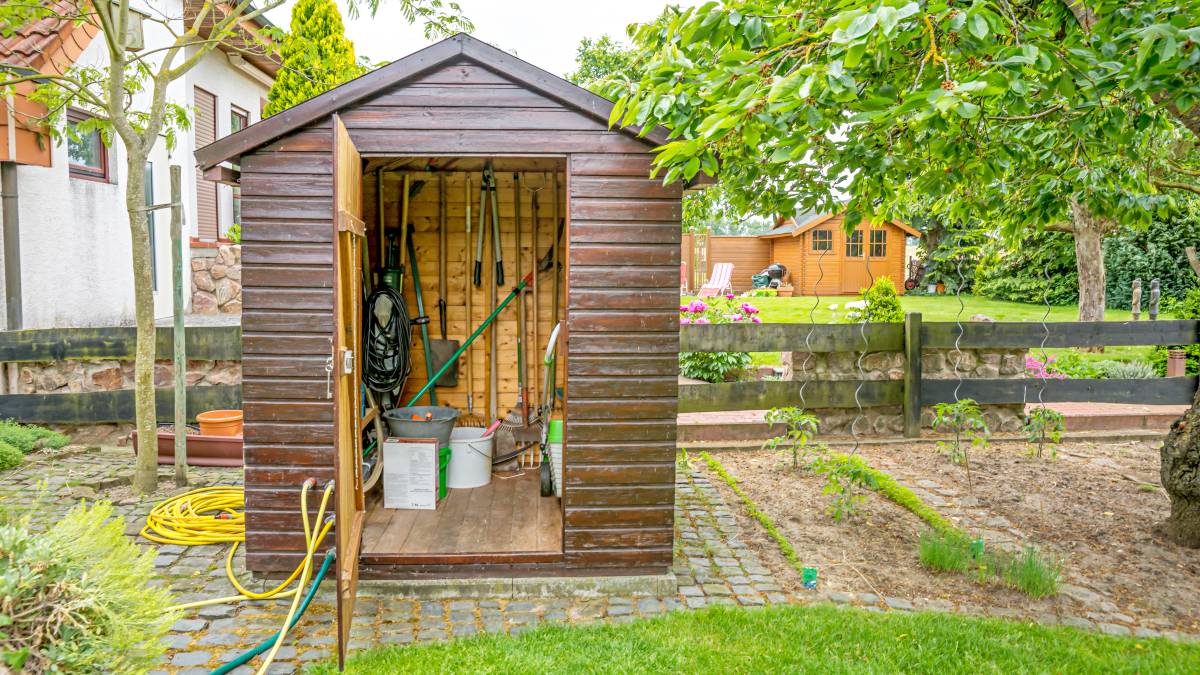
How to move a shed
Read more

How to pack kitchen items
Read more
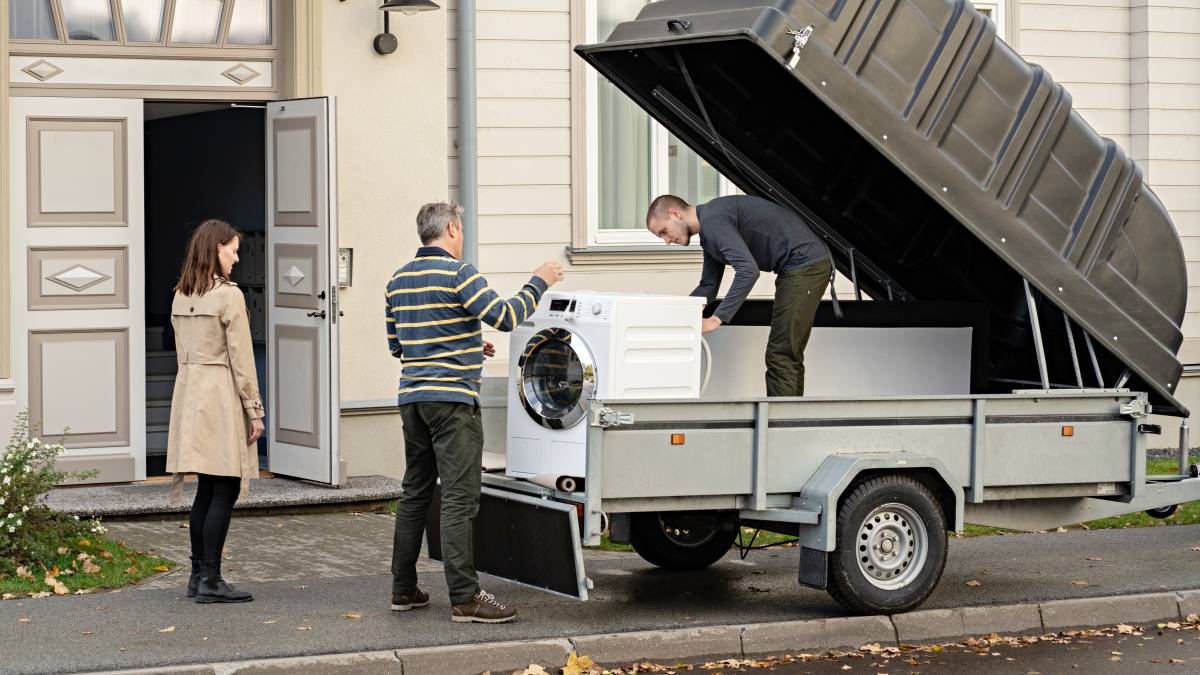
How to move a washing machine
Read more
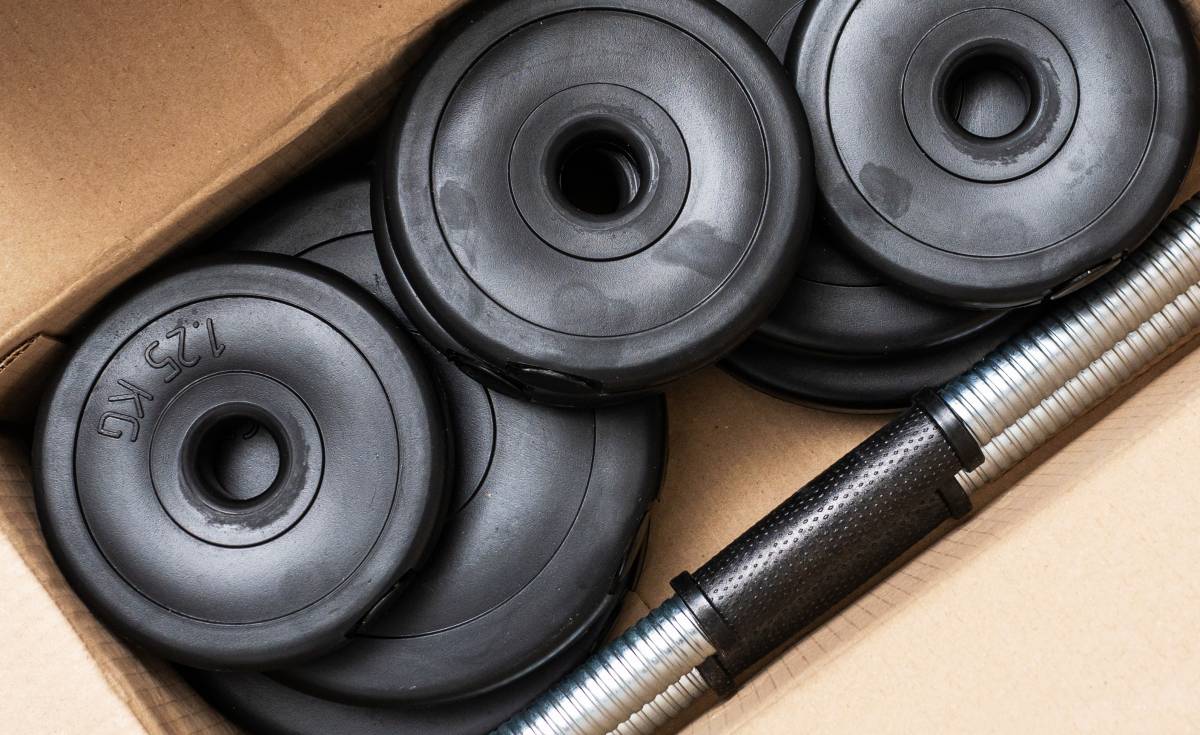
How to move gym equipment safely
Read more

How to move a pinball machine
Read more

What removalists won’t move
Read more

How to wrap furniture for moving
Read more

Moving interstate checklist
Read more
